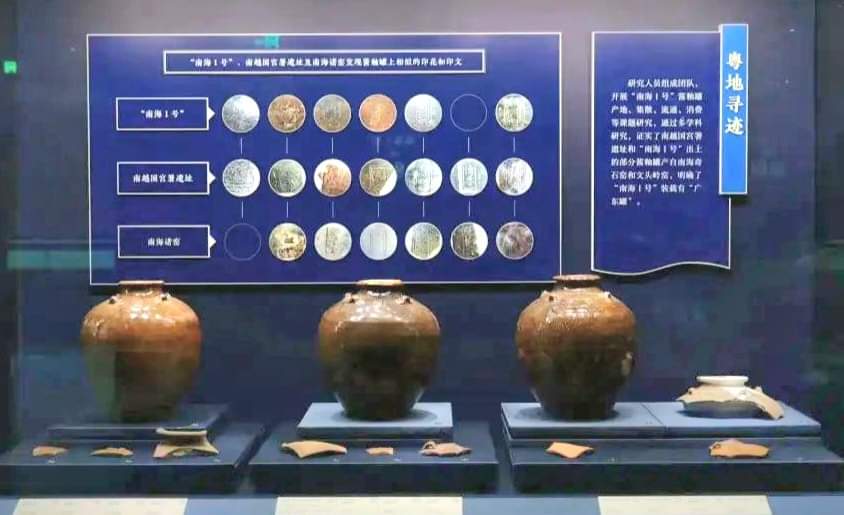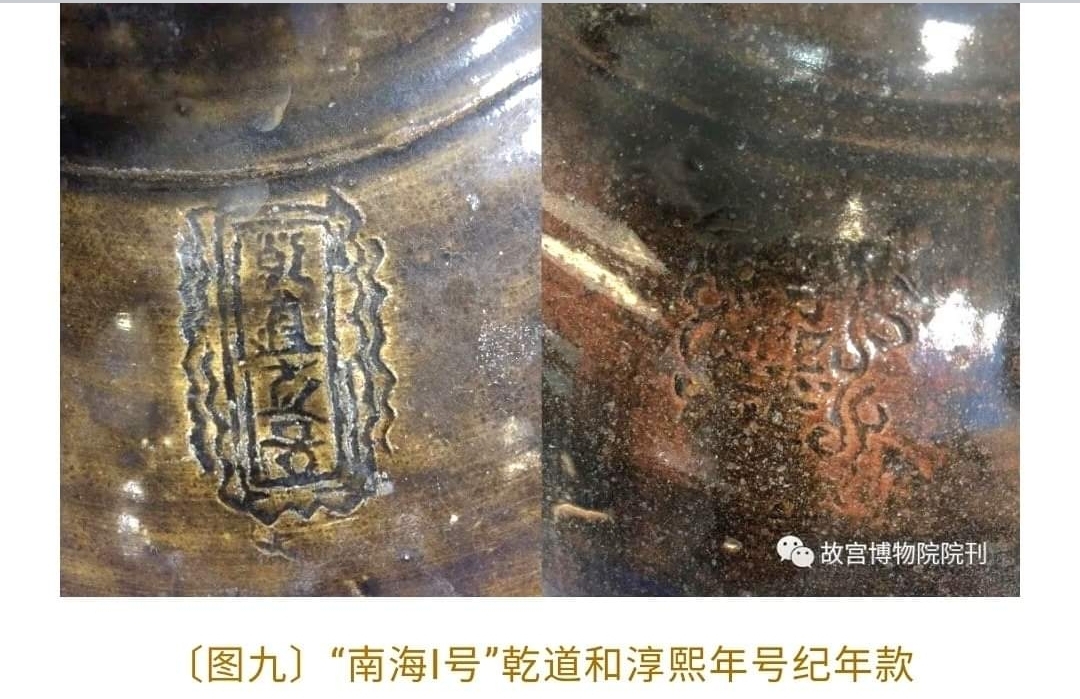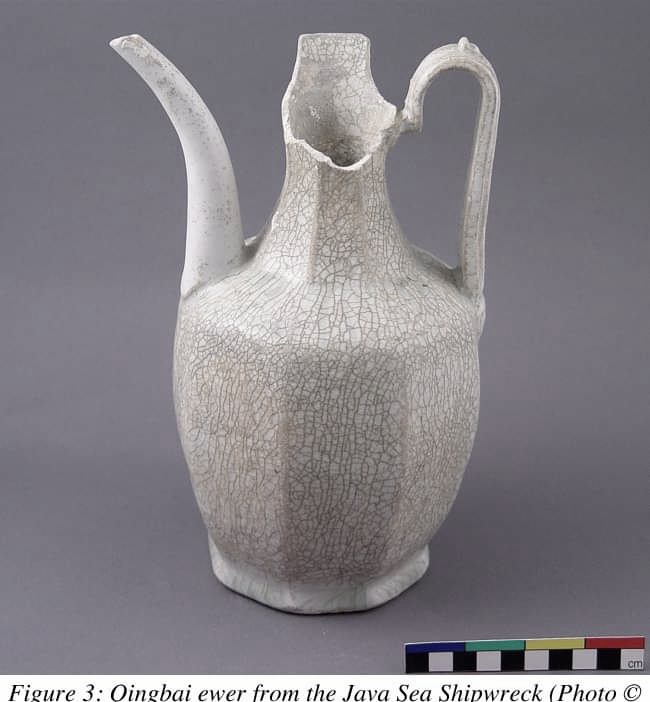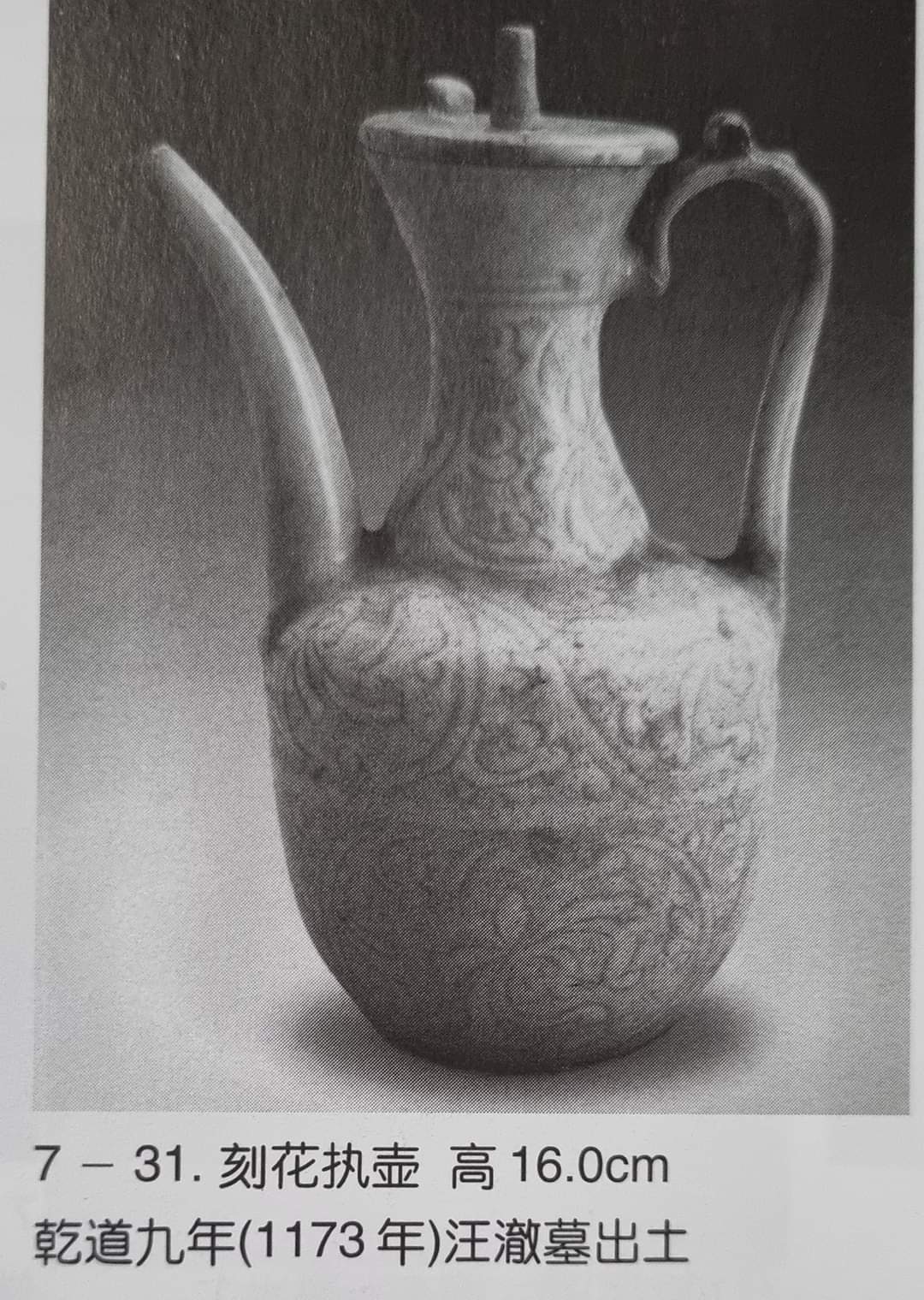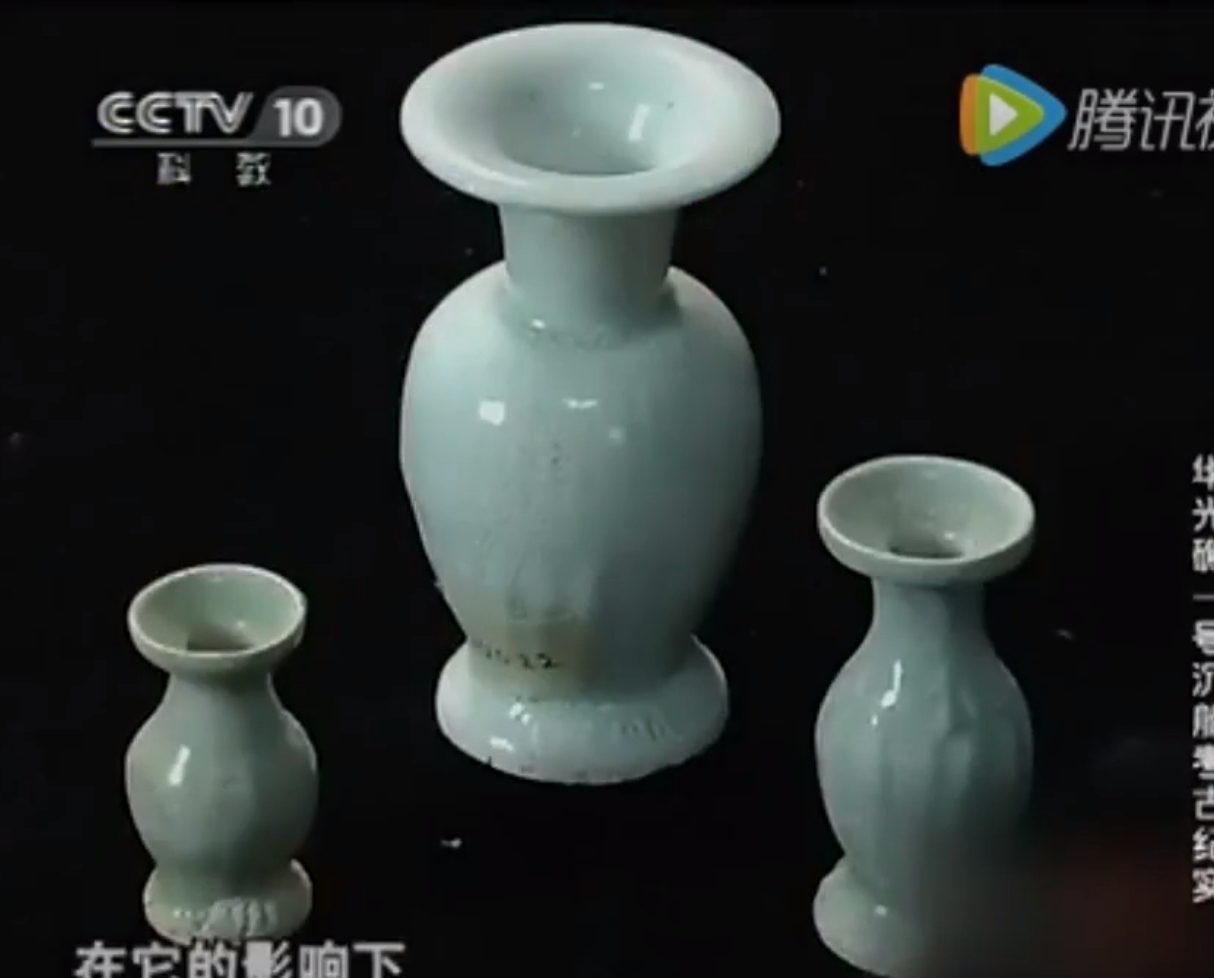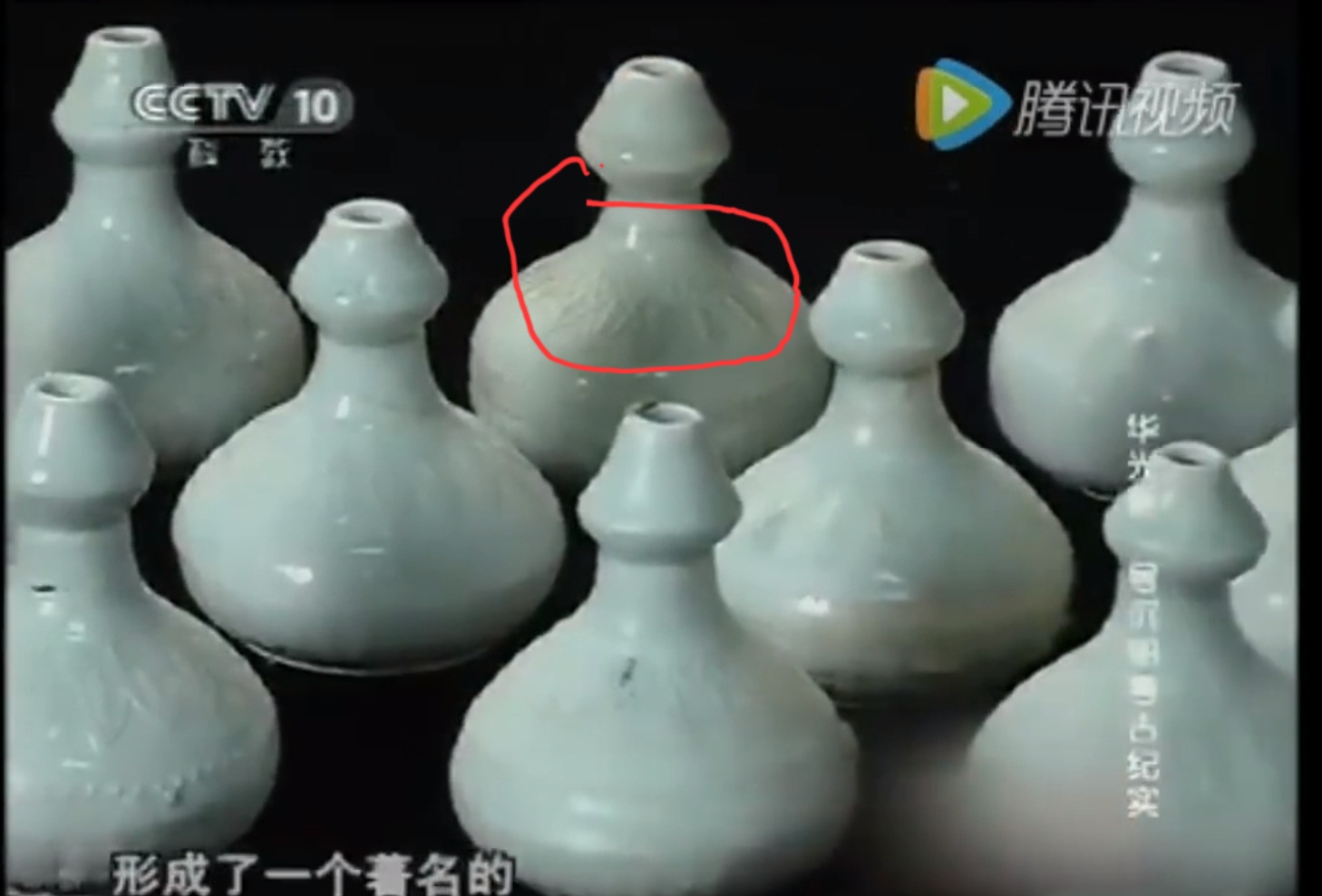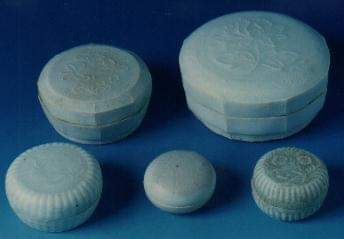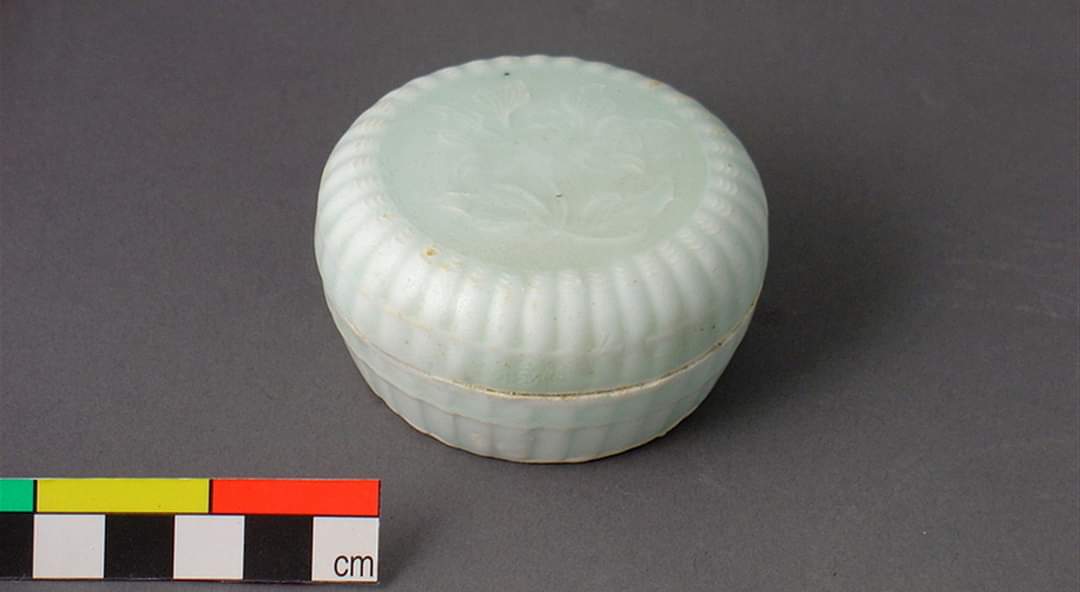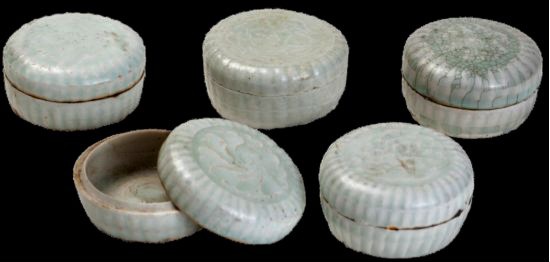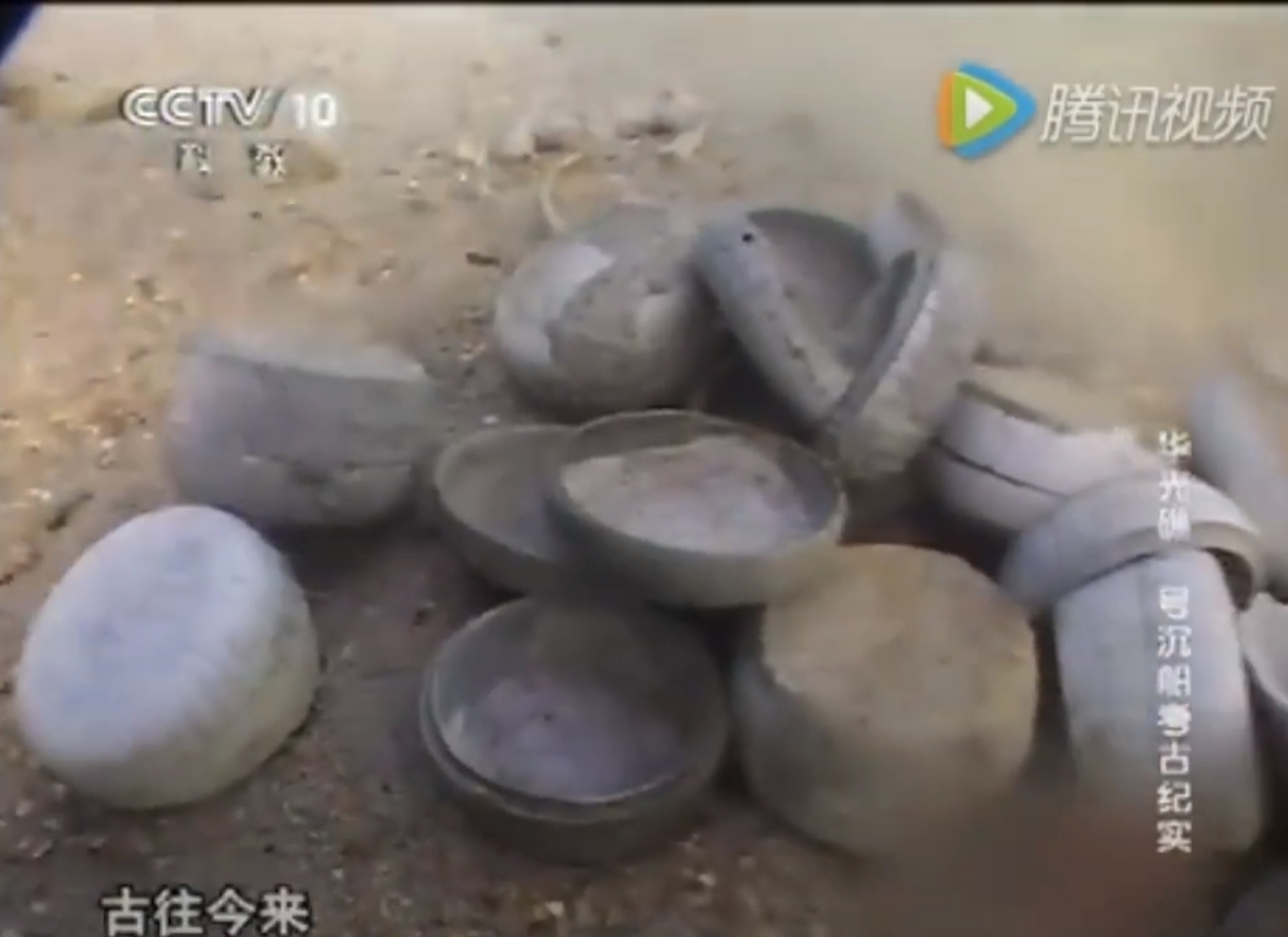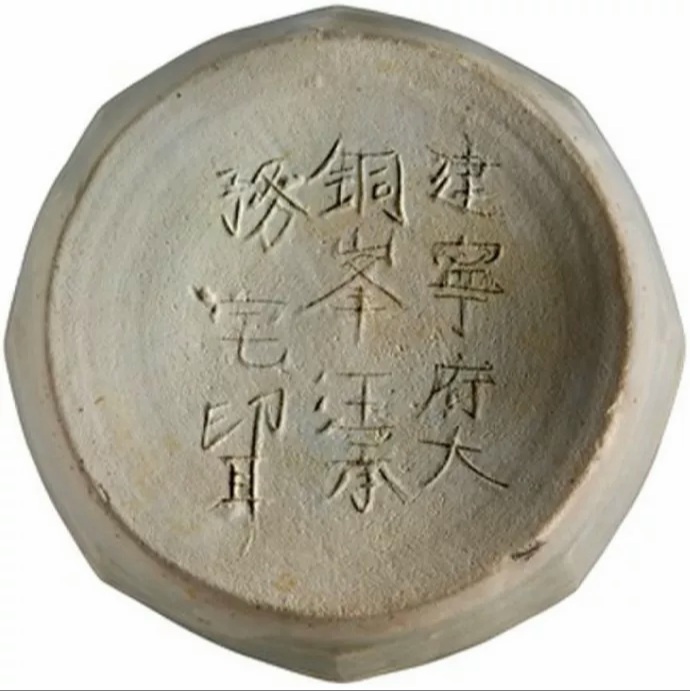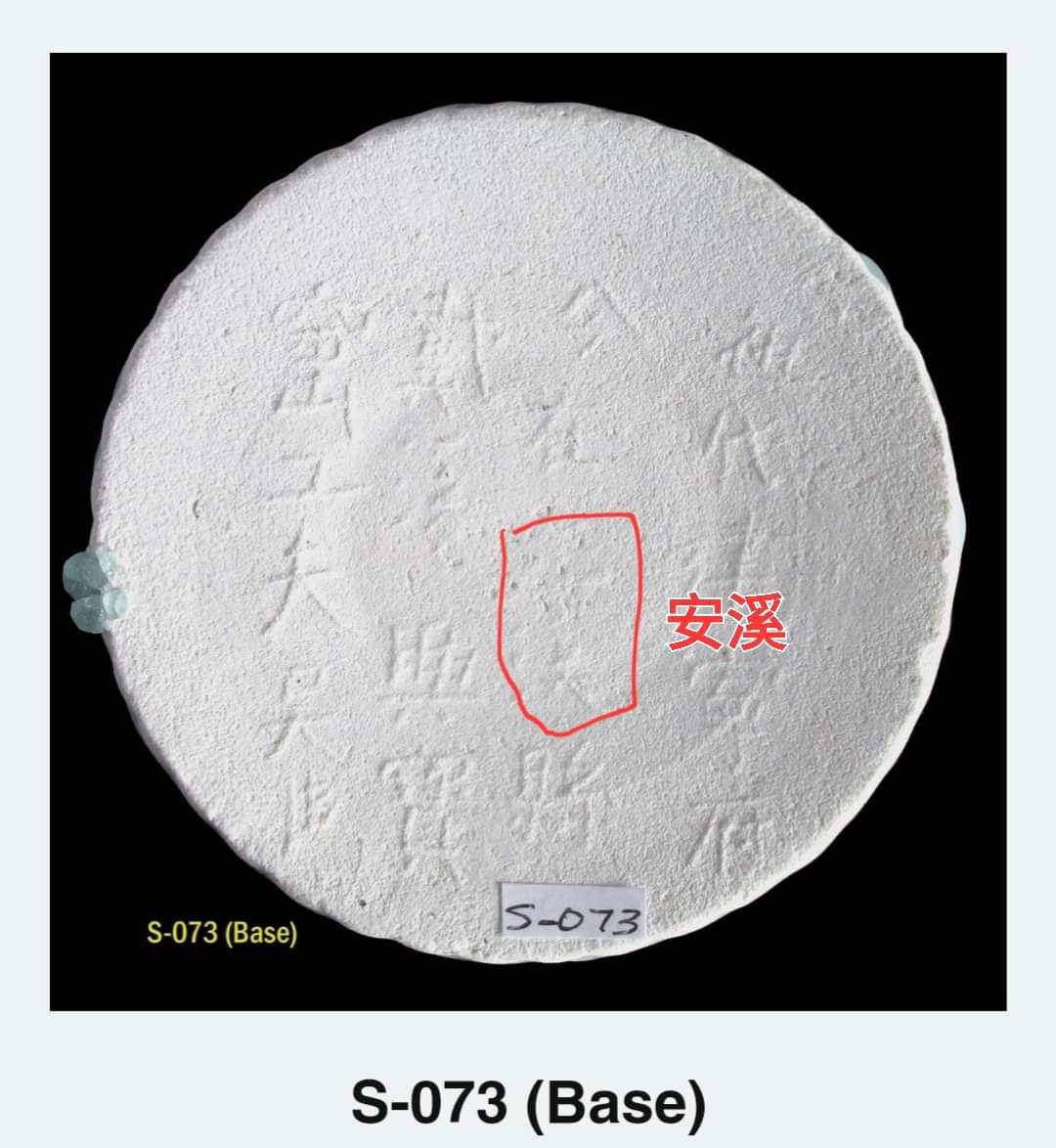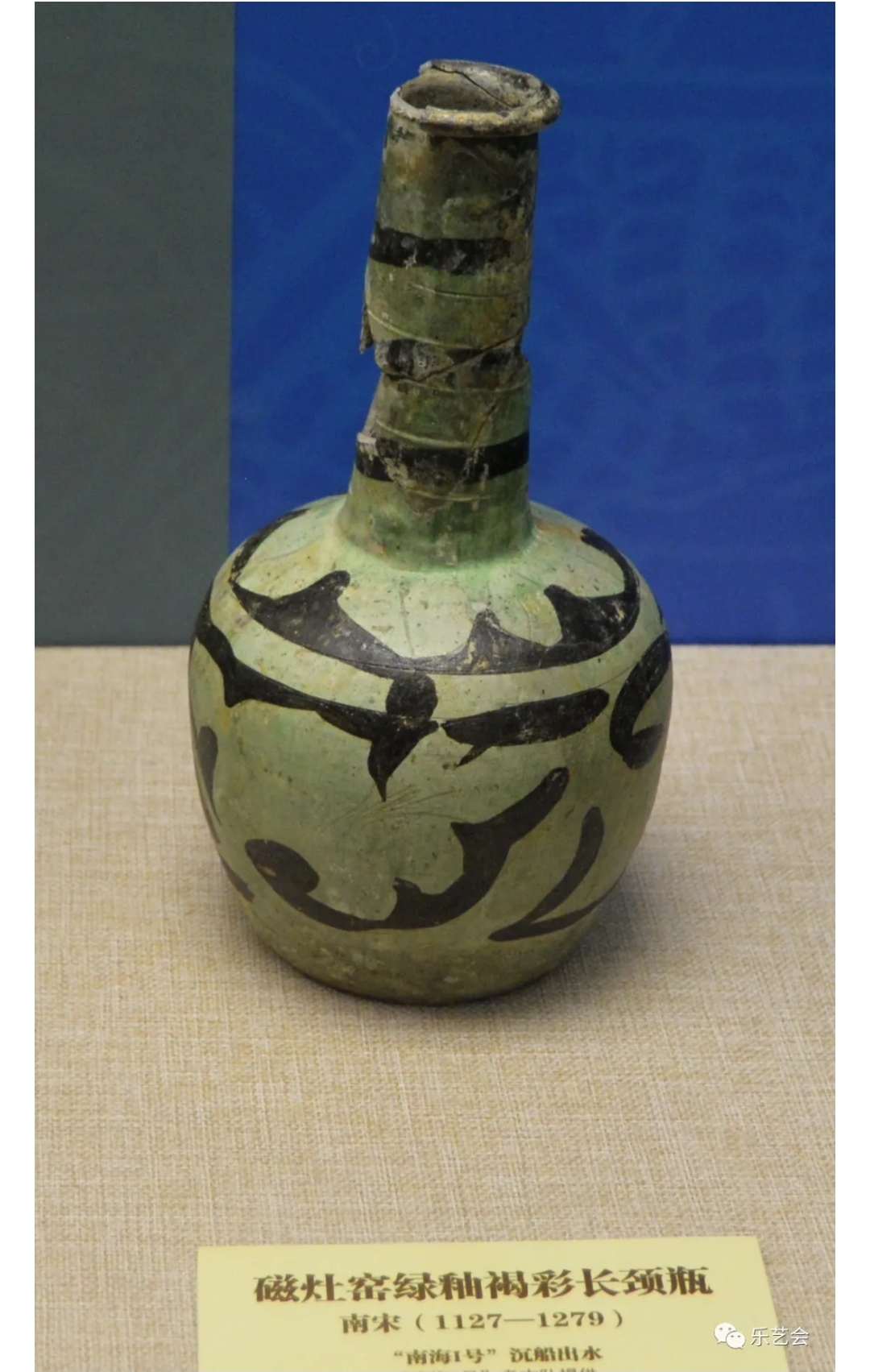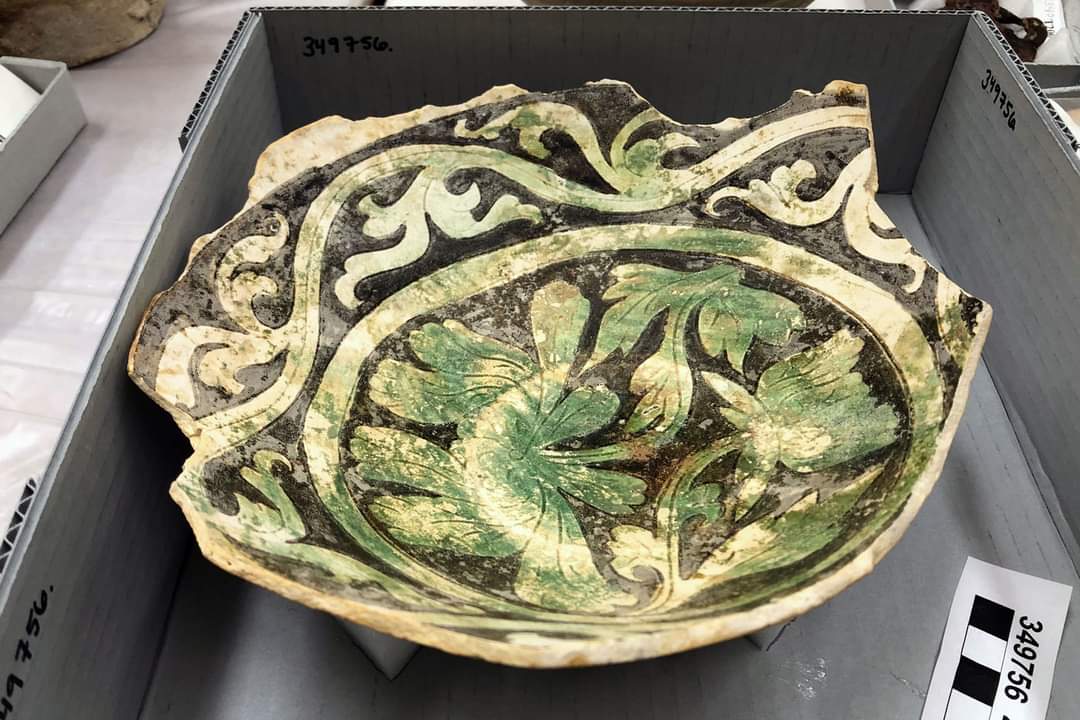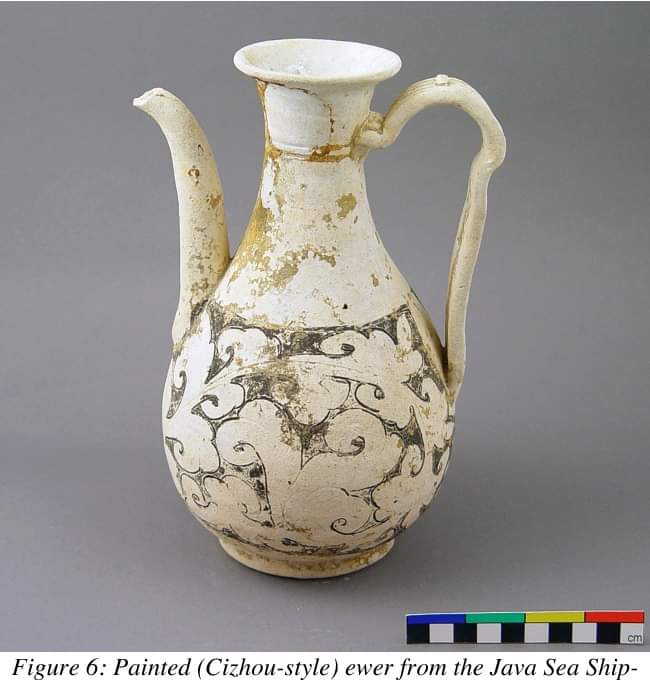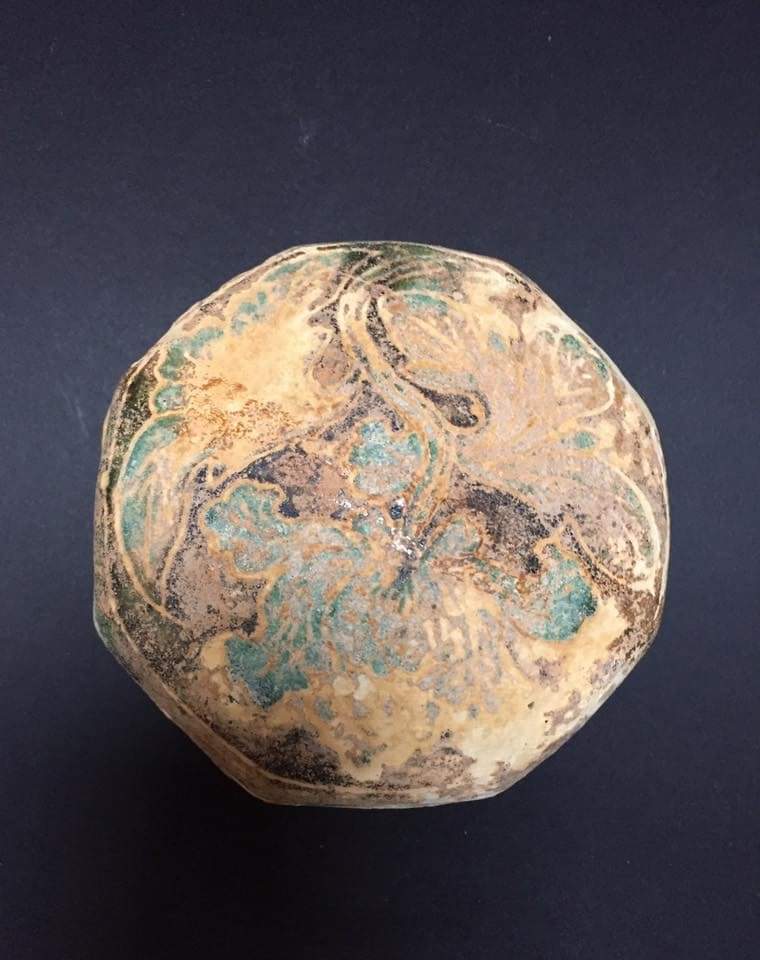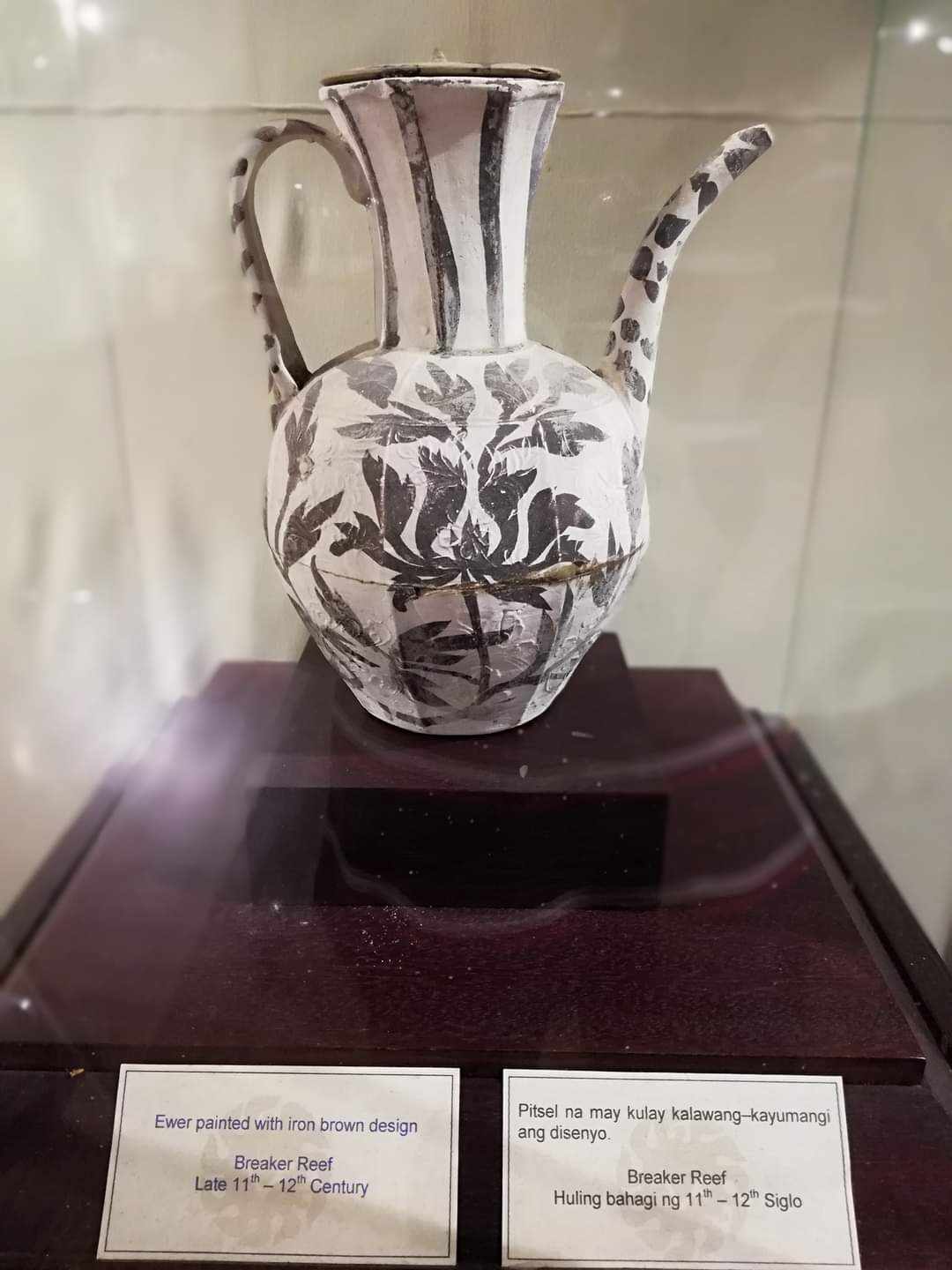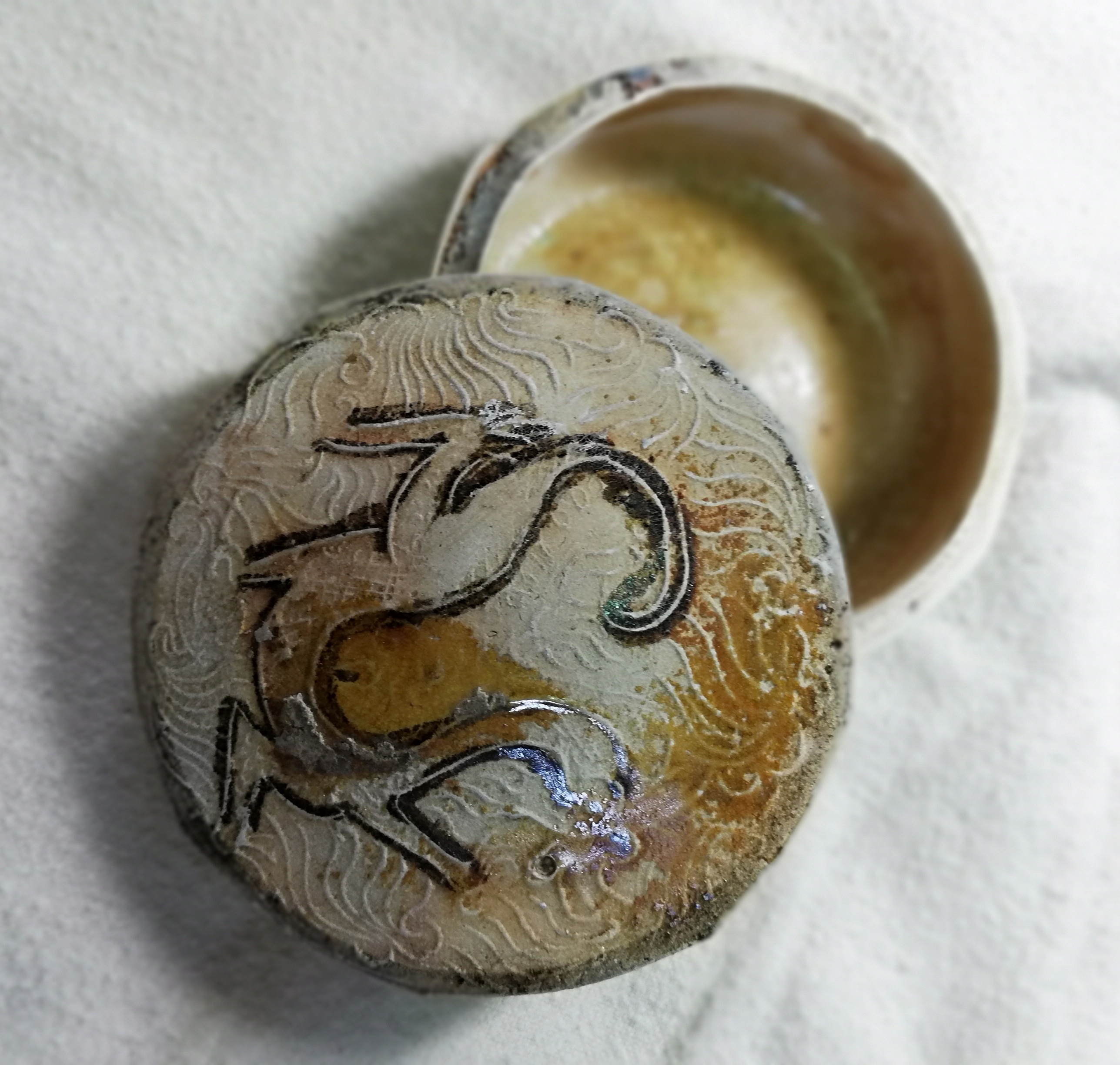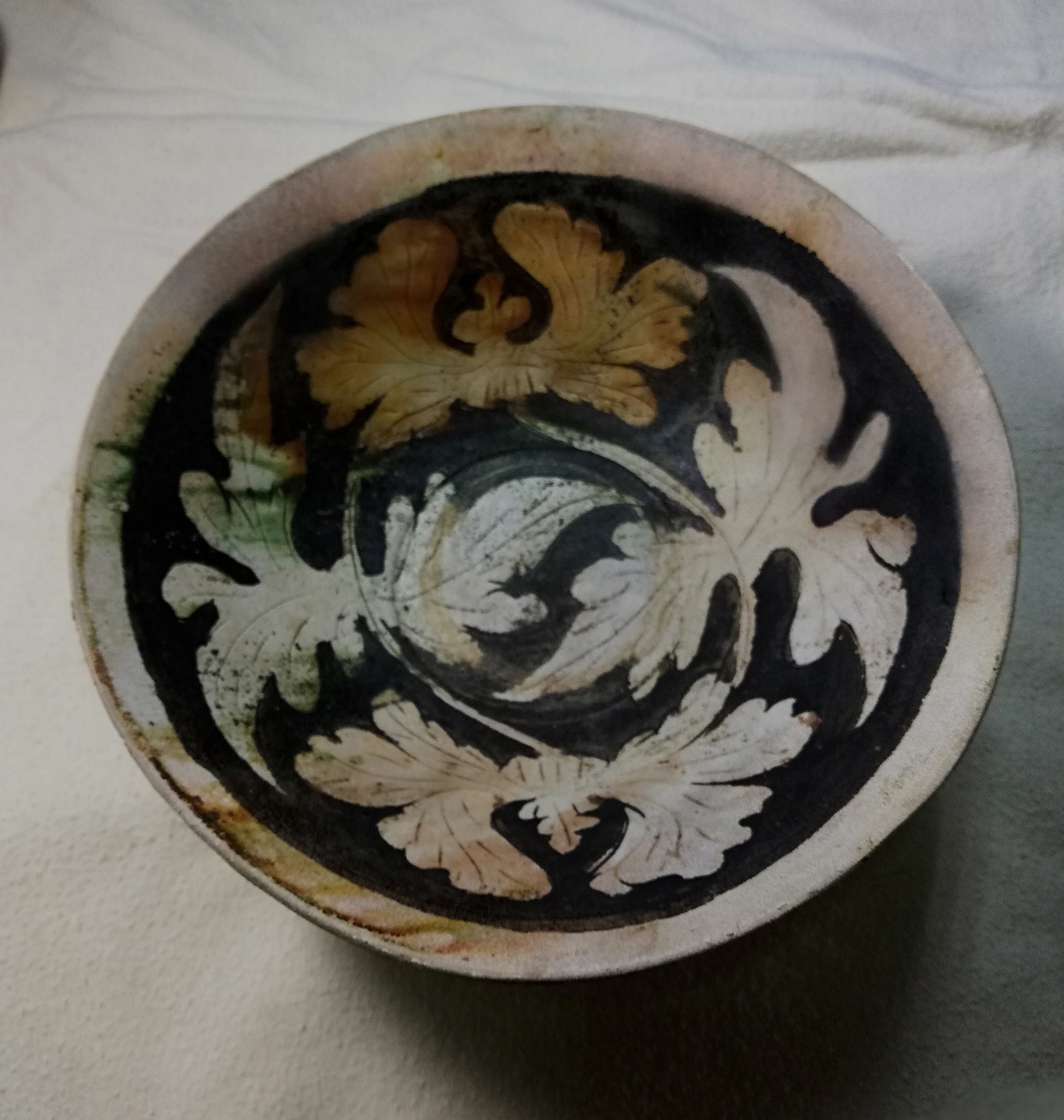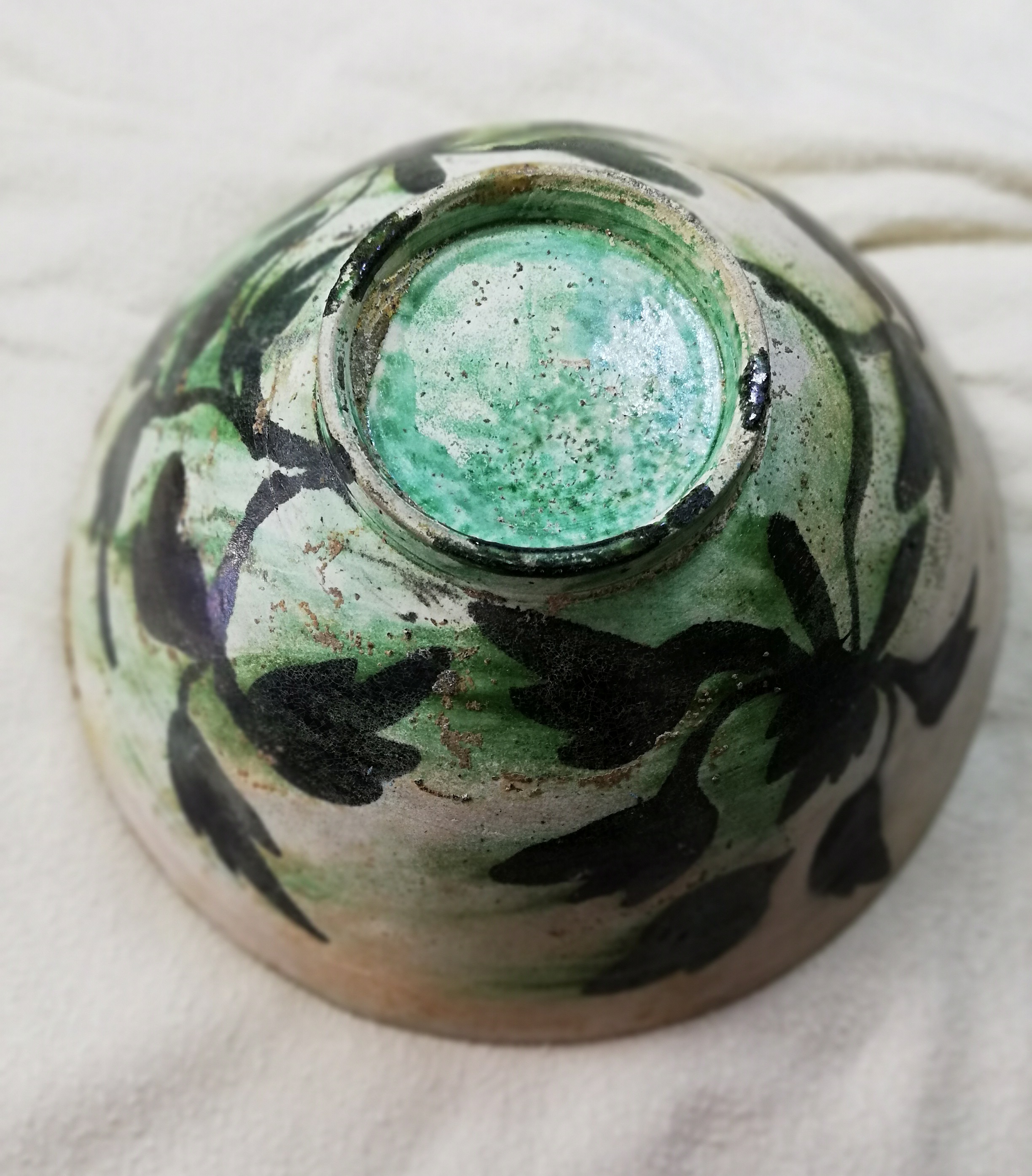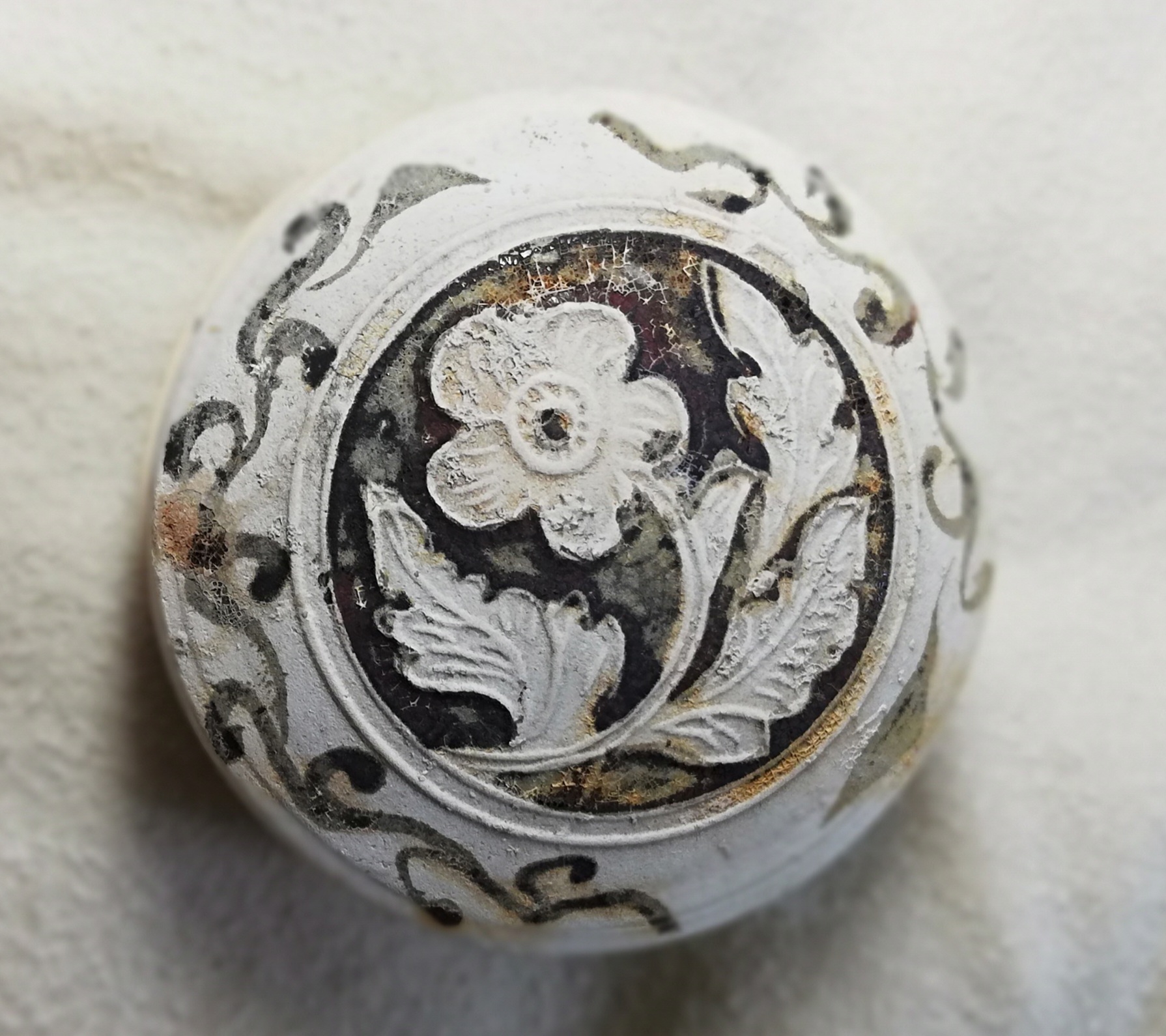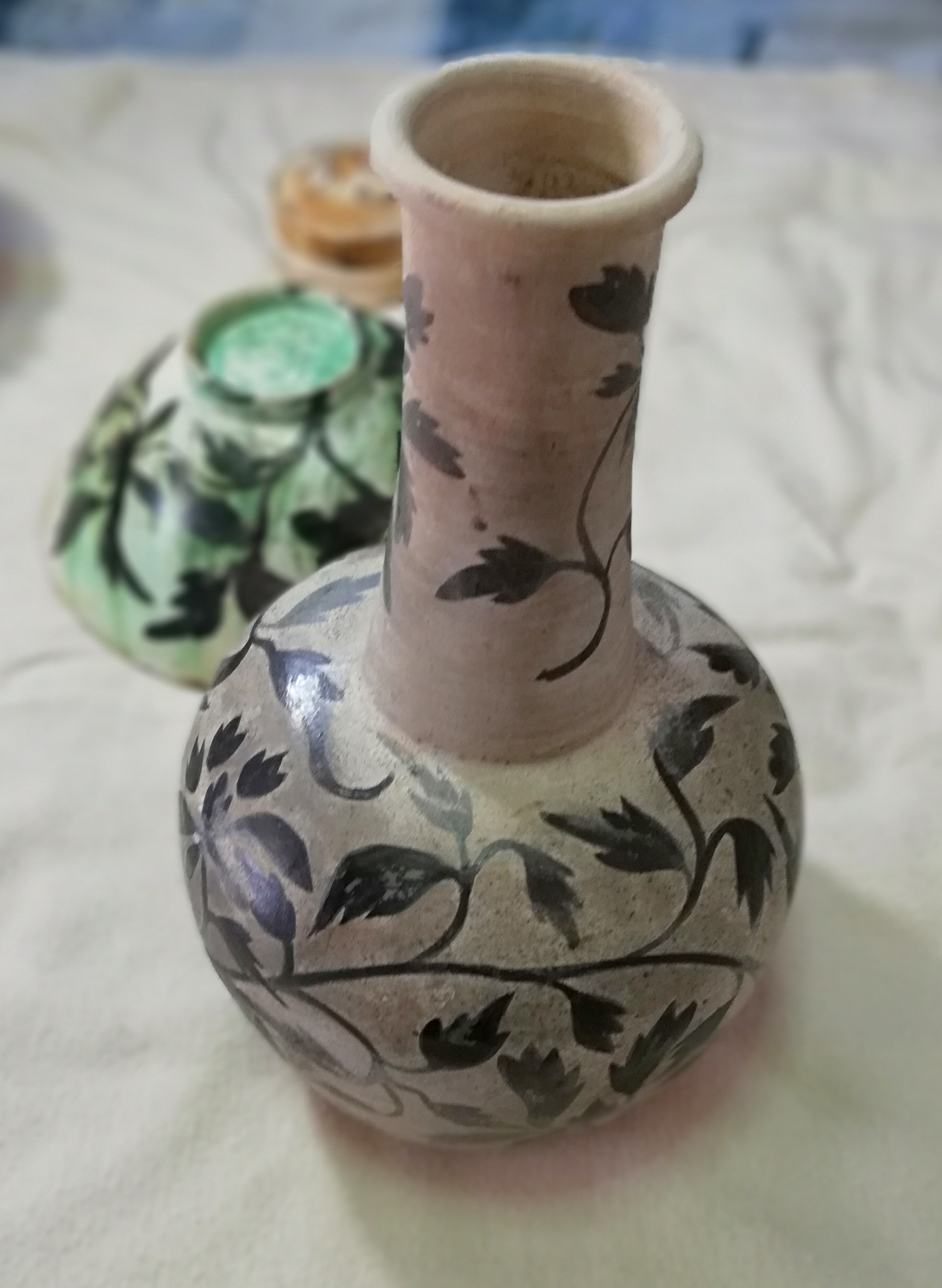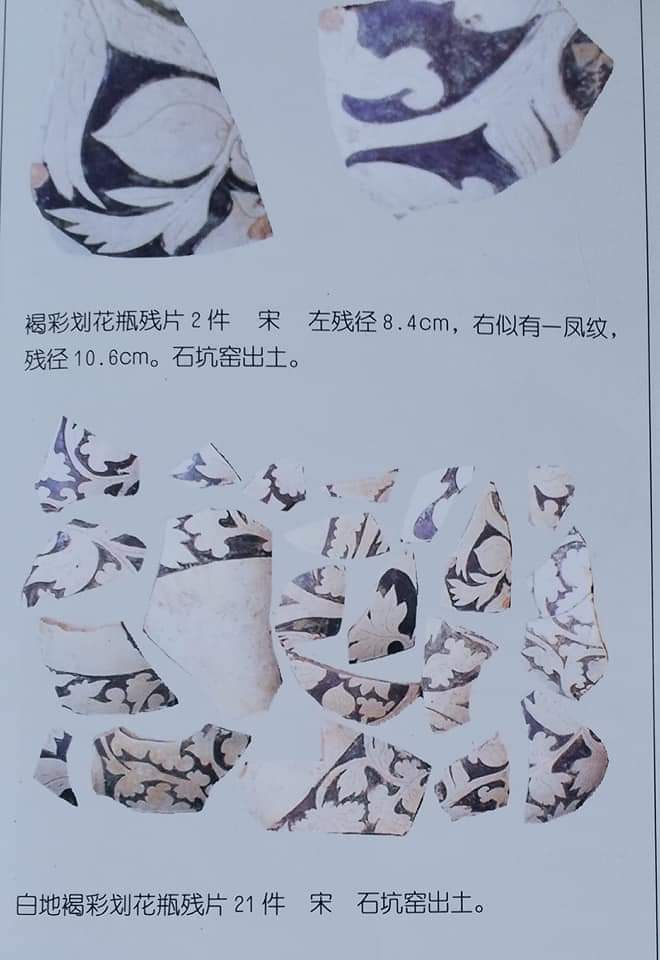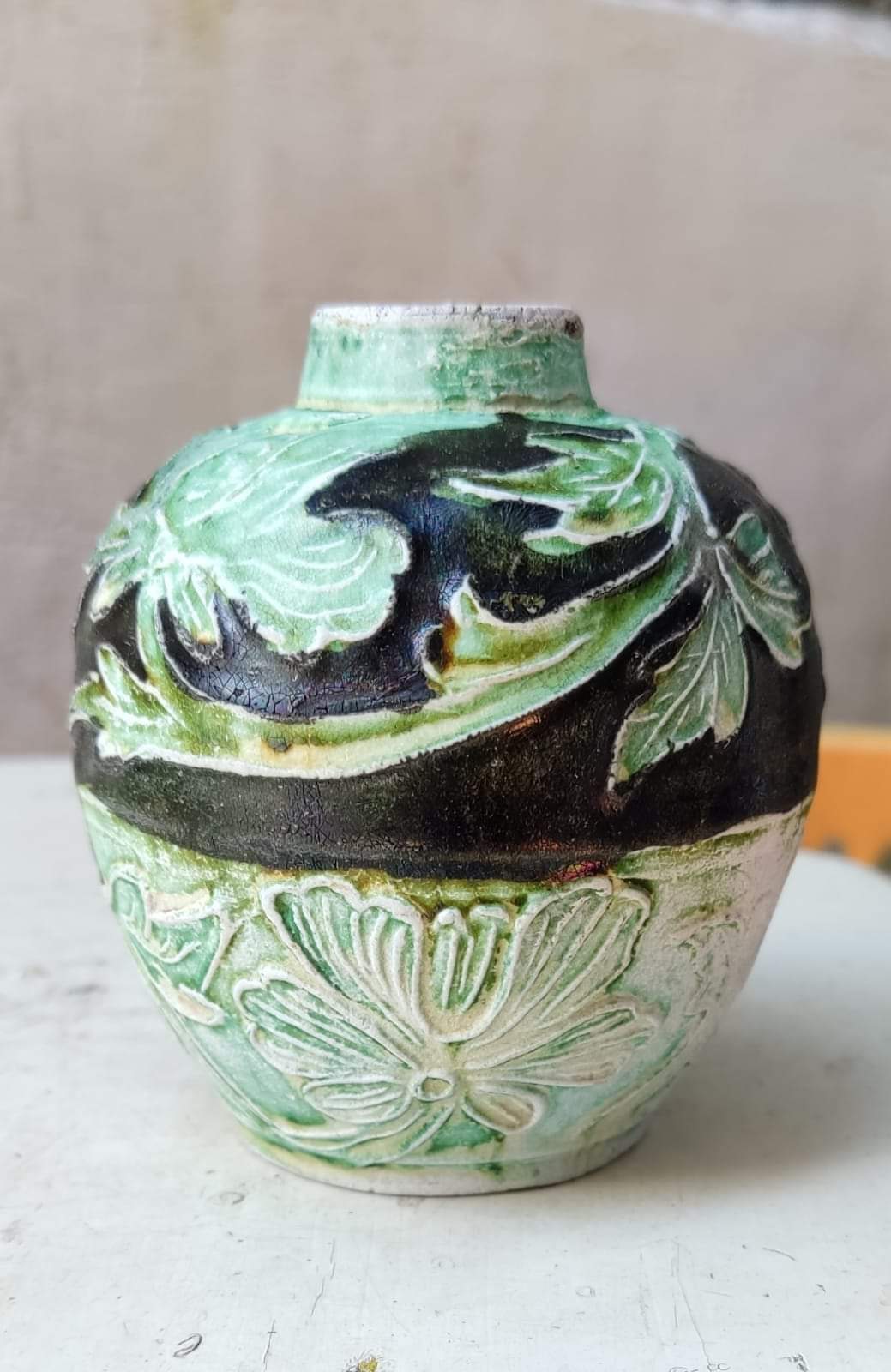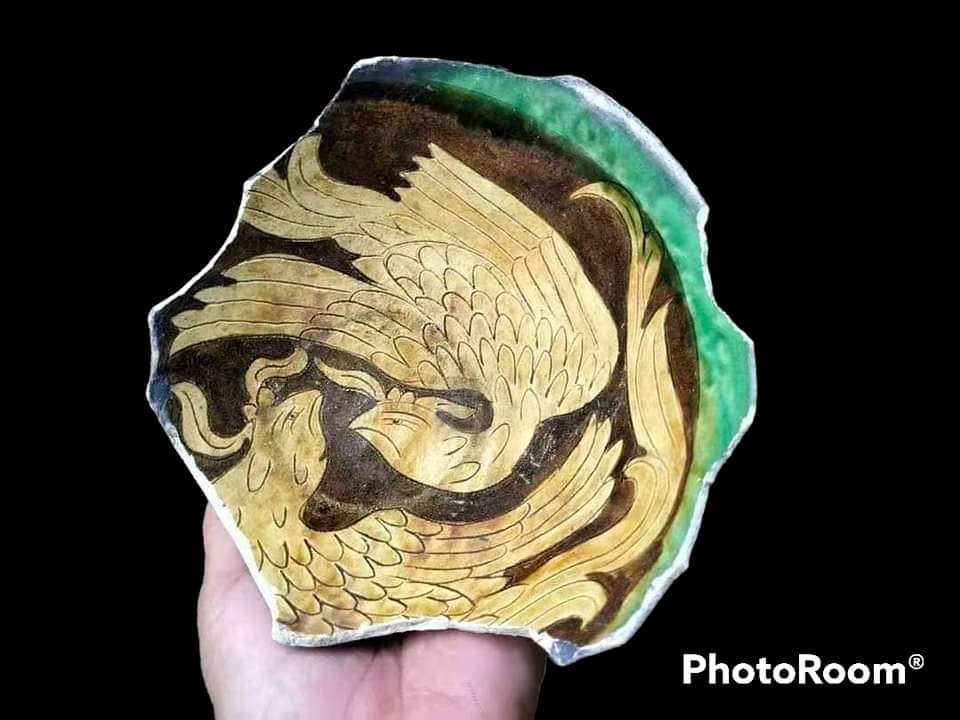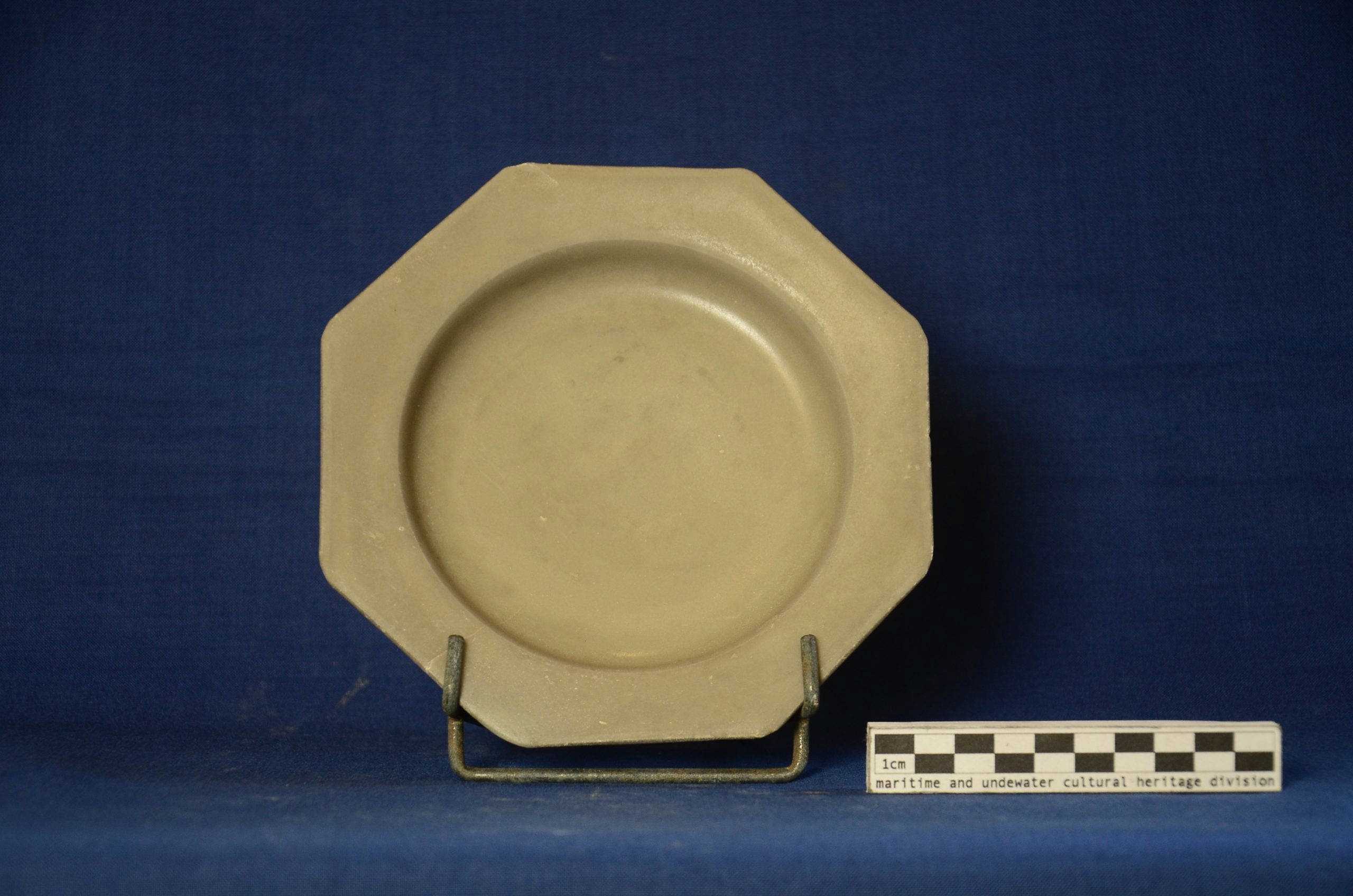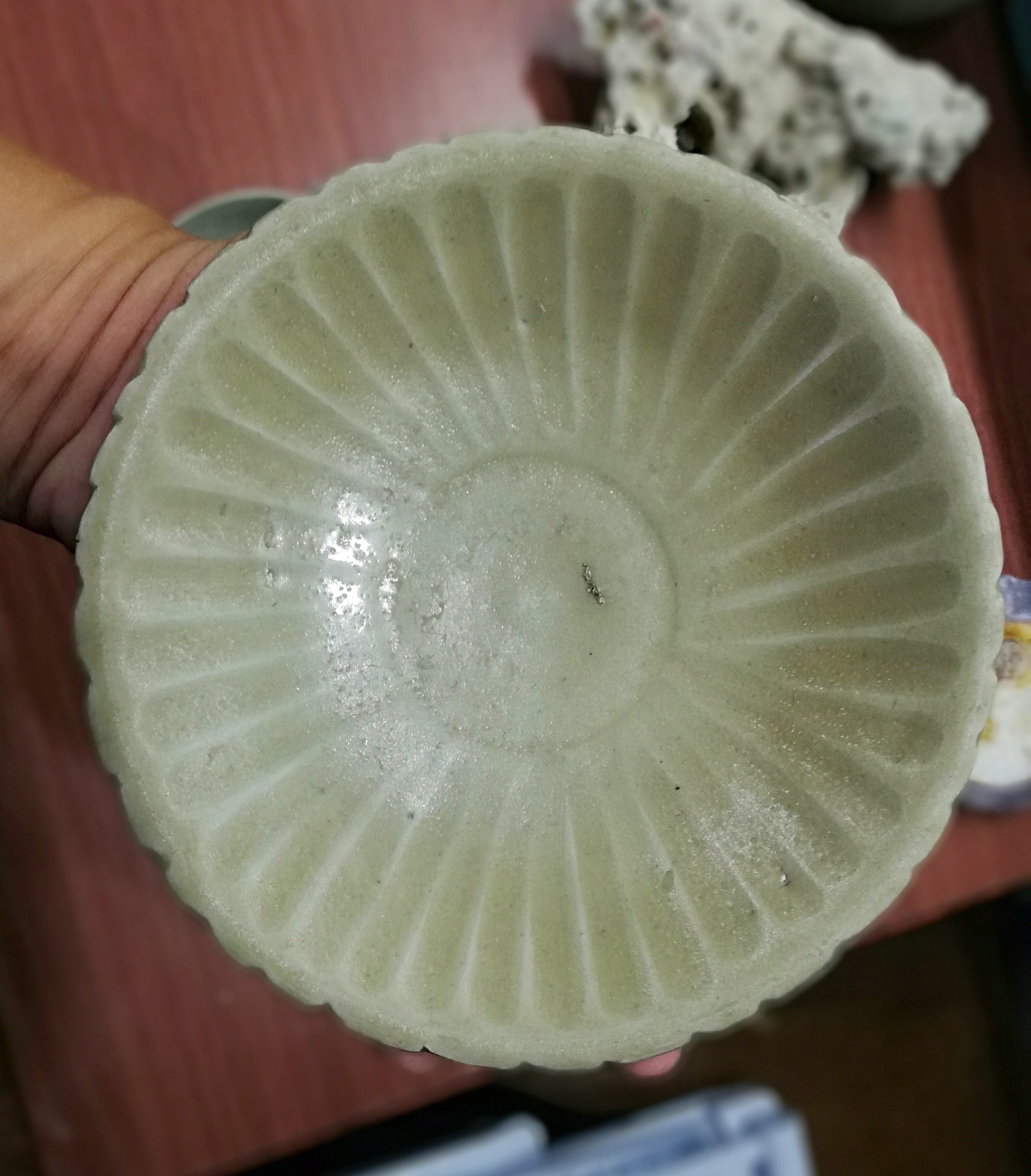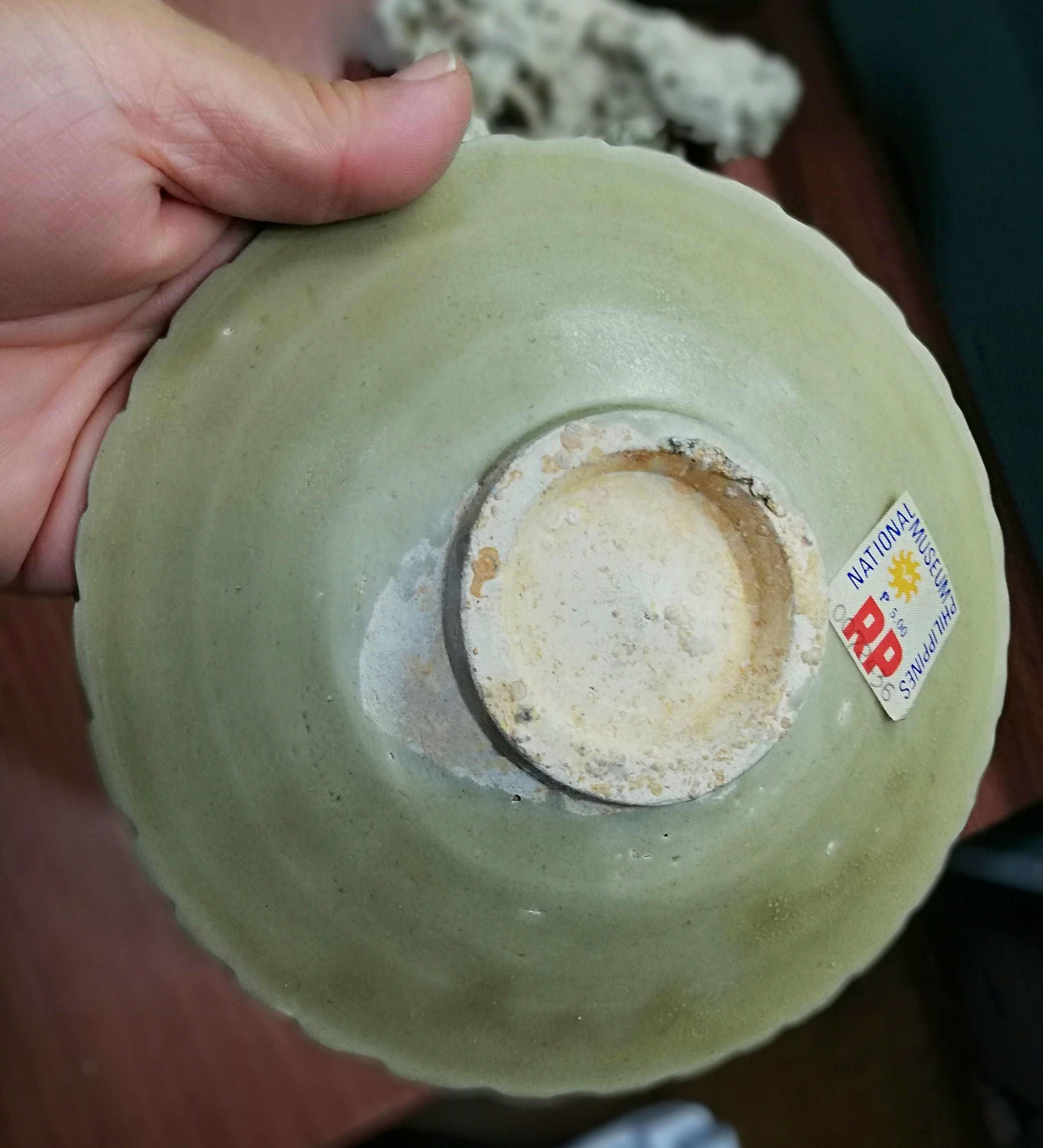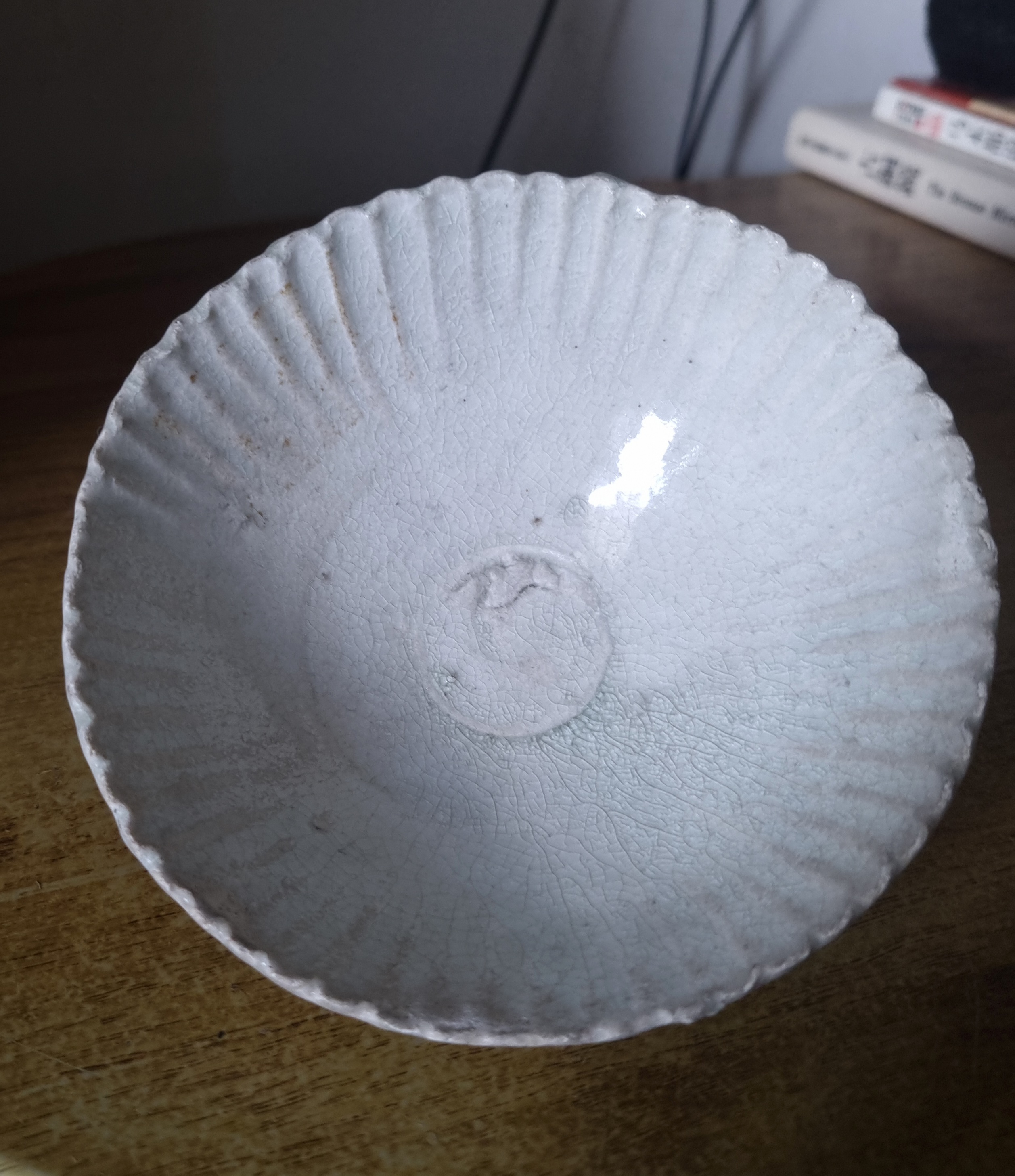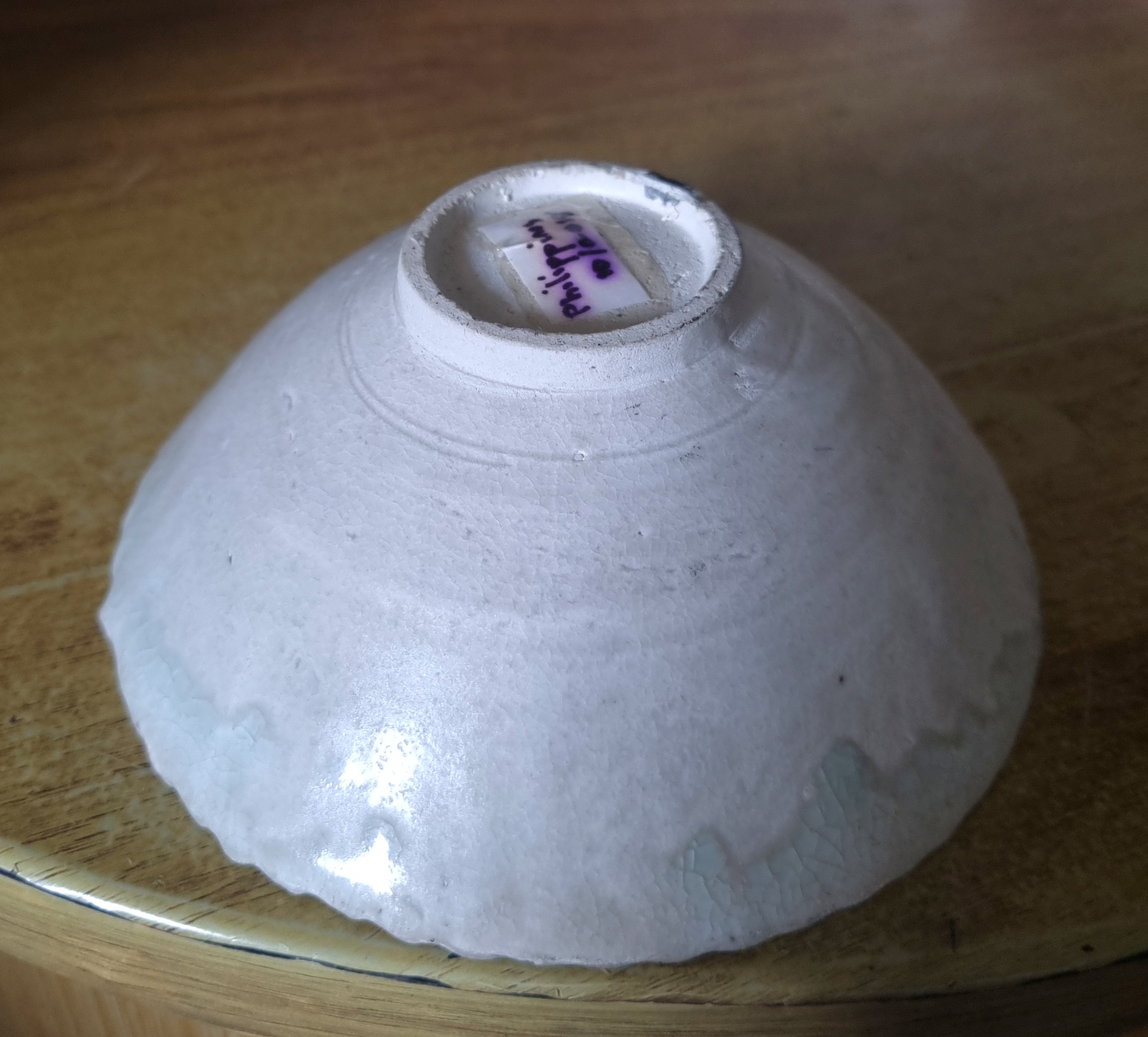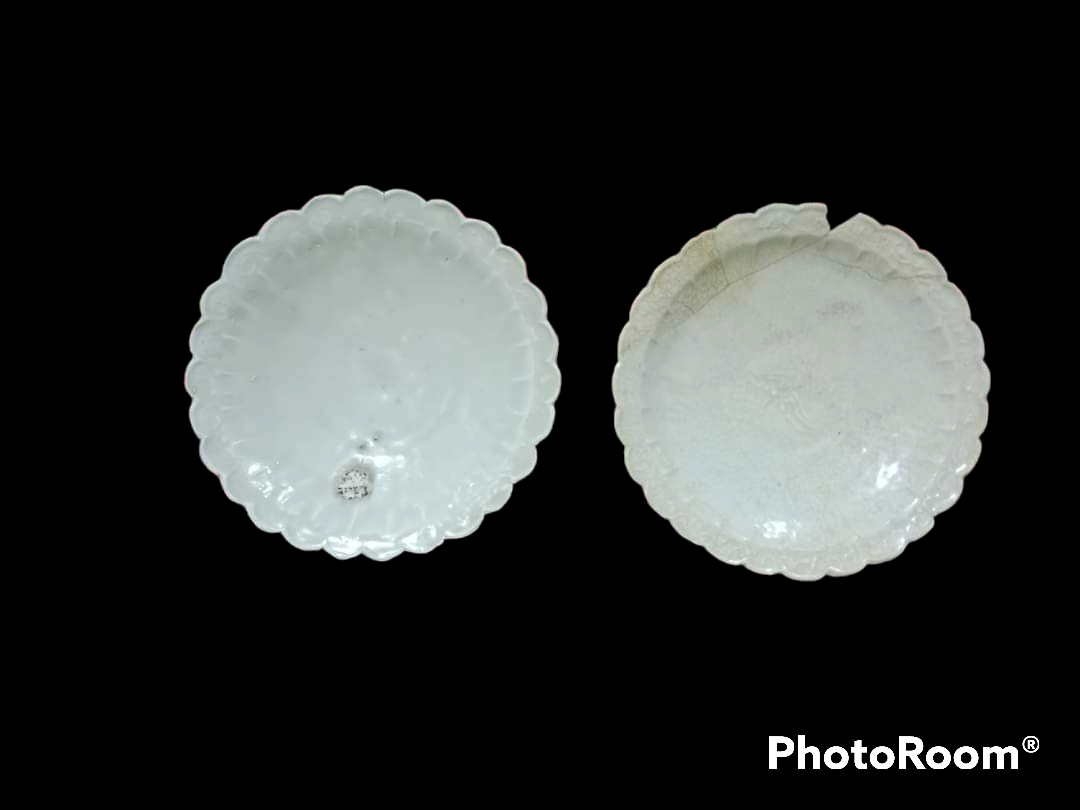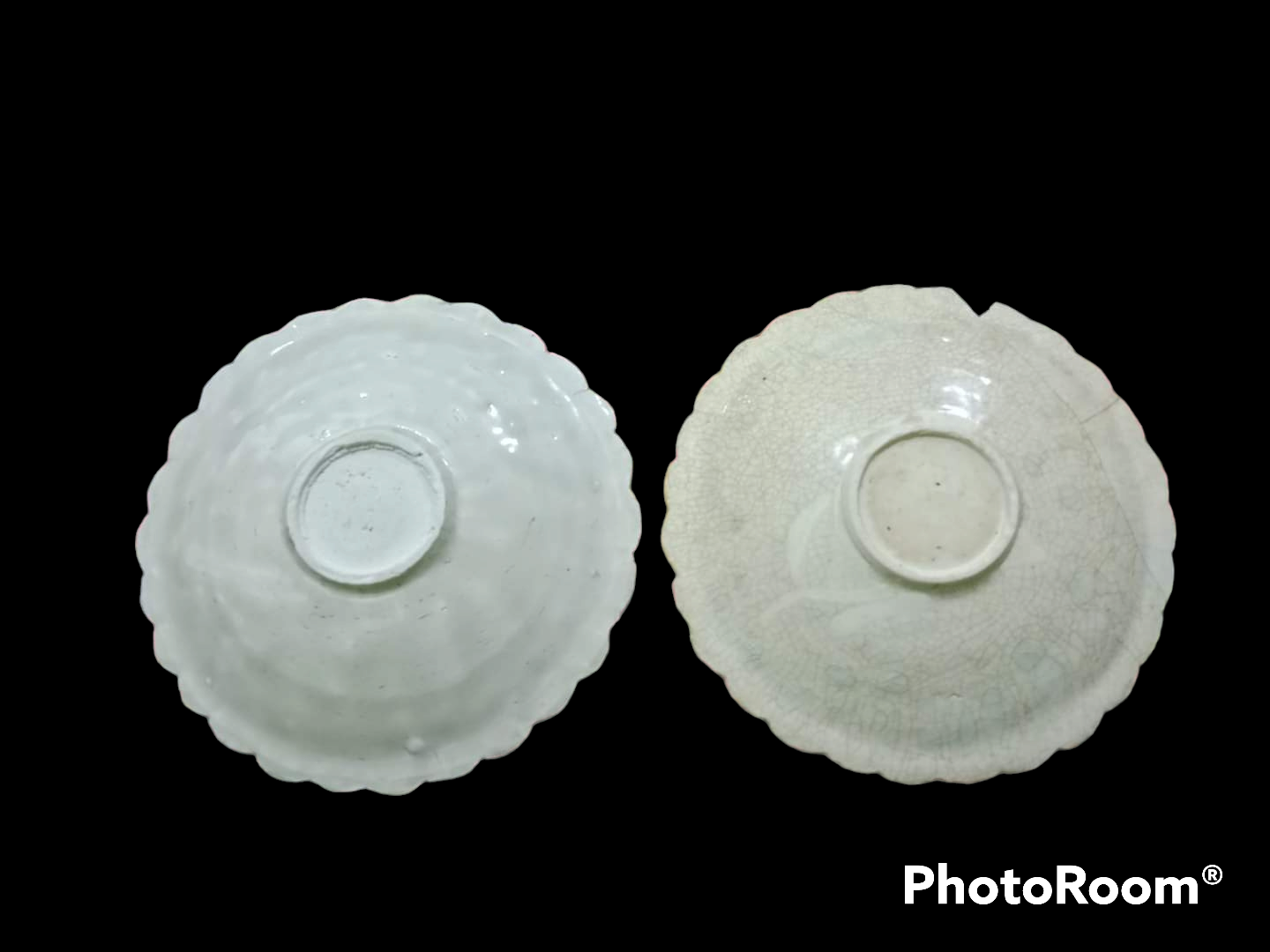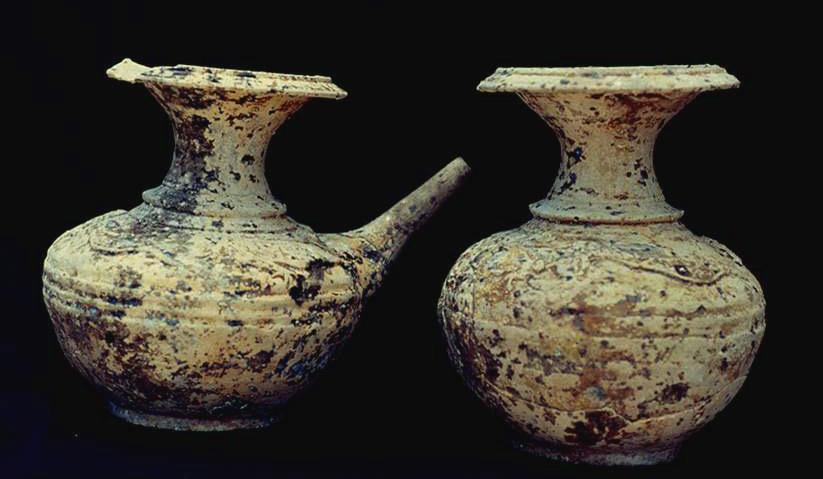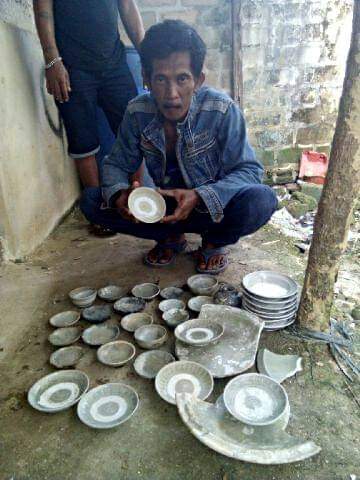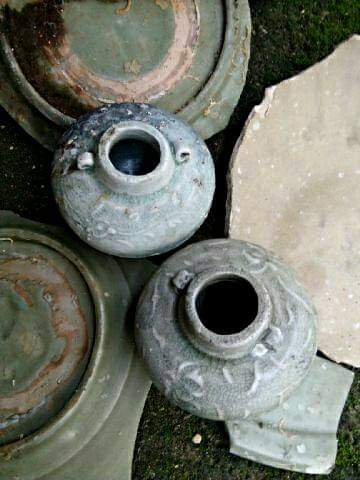Revisiting the Java Sea Wreck
The Java Sea wreck was salvaged in 1996 by marine archaeologist Dr. Michael Flecker. An archaeological report published in 1997 dated the shipwreck’s cargo to the mid-13th century, near the end of the Southern Song dynasty. The vessel was likely traveling from Quanzhou, Fujian, to Tuban, Java, when it sank.
More than 7,500 artifacts—about half of the salvaged cargo—were donated to the Field Museum of Natural History in Chicago in the late 1990s. In 2014, archaeologist Lisa Niziolek re-examined the trade ceramics. Based on insights from ceramic experts in China and Japan, she found that the ceramics resembled those from the 11th–12th centuries, rather than the mid-13th century. The Field Museum team subsequently re-evaluated the artifacts and concluded that the shipwreck actually dated to the second half of the 12th century.
Revised Dating: Insights from Chinese Shipwrecks
The new dating of the Java Sea wreck aligns with Chinese archaeological findings. In the book 《中国沉船考古发现与研究》 (Archaeological Discoveries and Research on Chinese Shipwrecks), two key shipwrecks provide useful reference points:
- Huaguang Jiao 1 Wreck (华光礁一号沉船) – A green-glazed bowl from this wreck has an incised cyclical date ren wu (壬午), corresponding to 1162 AD.
- Nanhai 1 Wreck (南海一号沉船) – A Dehua white-glazed jar from this wreck has an ink inscription with the cyclical date gui mao (癸卯), corresponding to 1183 AD.
 |
| Huaguang Jiao 1 wreck with green glaze bowl with incised cyclical date ren wu (壬午载潘三郎造) , equivalent to 1162 A.D |
 |
| Dehua jarlet from Nanhai 1 wreck with cyclical date gui mao, equivalent to 1183 A.D |
Ceramic Comparisons: Java Sea, Huaguang Jiao 1, and Nanhai 1
Many ceramics from the Java Sea wreck closely resemble those from Huaguang Jiao 1 and Nanhai 1. Key similarities include:
- Minqing Qingbai/Ivory-White Bowls – Found in large quantities in all three wrecks. These bowls feature carving styles similar to Hebei Ding kilns and a glaze accumulation reminiscent of Ding wares.
- Brown-Glazed Cizao Jars – Common across all three wrecks.
- Tongan/Nanan Green-Glazed Bowls – The Huaguang Jiao 1 and Java Sea wrecks contained large, green-glazed bowls with carved floral decorations, likely from the Tongan and Nanan kilns in southern Fujian.
- Songxi Kiln Large Green Bowls – Large bowls with carved or combed floral decorations, produced at the Songxi kilns in northern Fujian, were found in both the Java Sea and Huaguang Jiao 1 wrecks.
- Brownish Green-Glazed Jars – Both Java Sea and Nanhai 1 wrecks carried jars from Guangdong Qishi (奇石) and Wen Touling (文头岭) kilns, which were categorized into six types based on size and function. Residue analysis suggests that larger jars stored wine and water, while smaller ones contained preserved duck eggs, meats, and fruits.
- Stamped Reign Mark Jars – Some jars from Nanhai 1 bear reign marks from Qiandao (1165–1173 AD) and Chunxi (1183 AD). Both Java Sea and Nanhai 1 wrecks also contain jars stamped with the cyclical date Bing Zi (丙子), likely 1156 AD.
- Qingbai Ewers and Covered Boxes – The Java Sea wreck features octagonal Qingbai ewers, similar to those from Huaguang Jiao 1. One Java Sea example with carved floral decorations closely resembles an ewer from a Song dynasty grave dated to 1173 AD (Qiandao 9, 乾道九年). Many qingbai cover boxes with molded floral designs, similar to those found in Huaguang Jiao 1, likely from Dehua, Anxi, and other Fujian kilns.
- Black-Glazed Temmoku Bowls – Found in Java Sea and Huaguang Jiao 1, likely produced in Fujian kilns.
Minqing Qingbai/Ivory-White Bowls
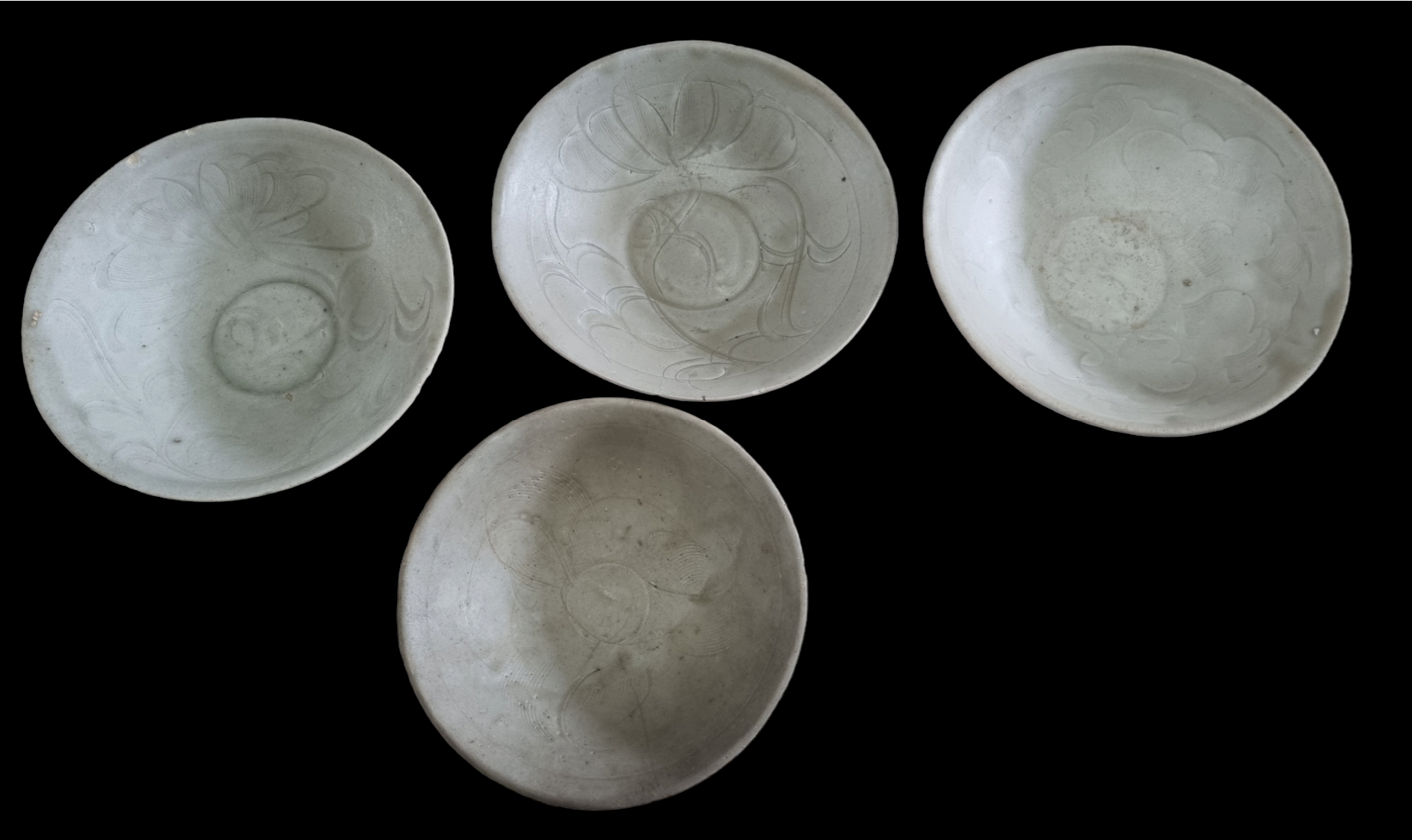 |
||
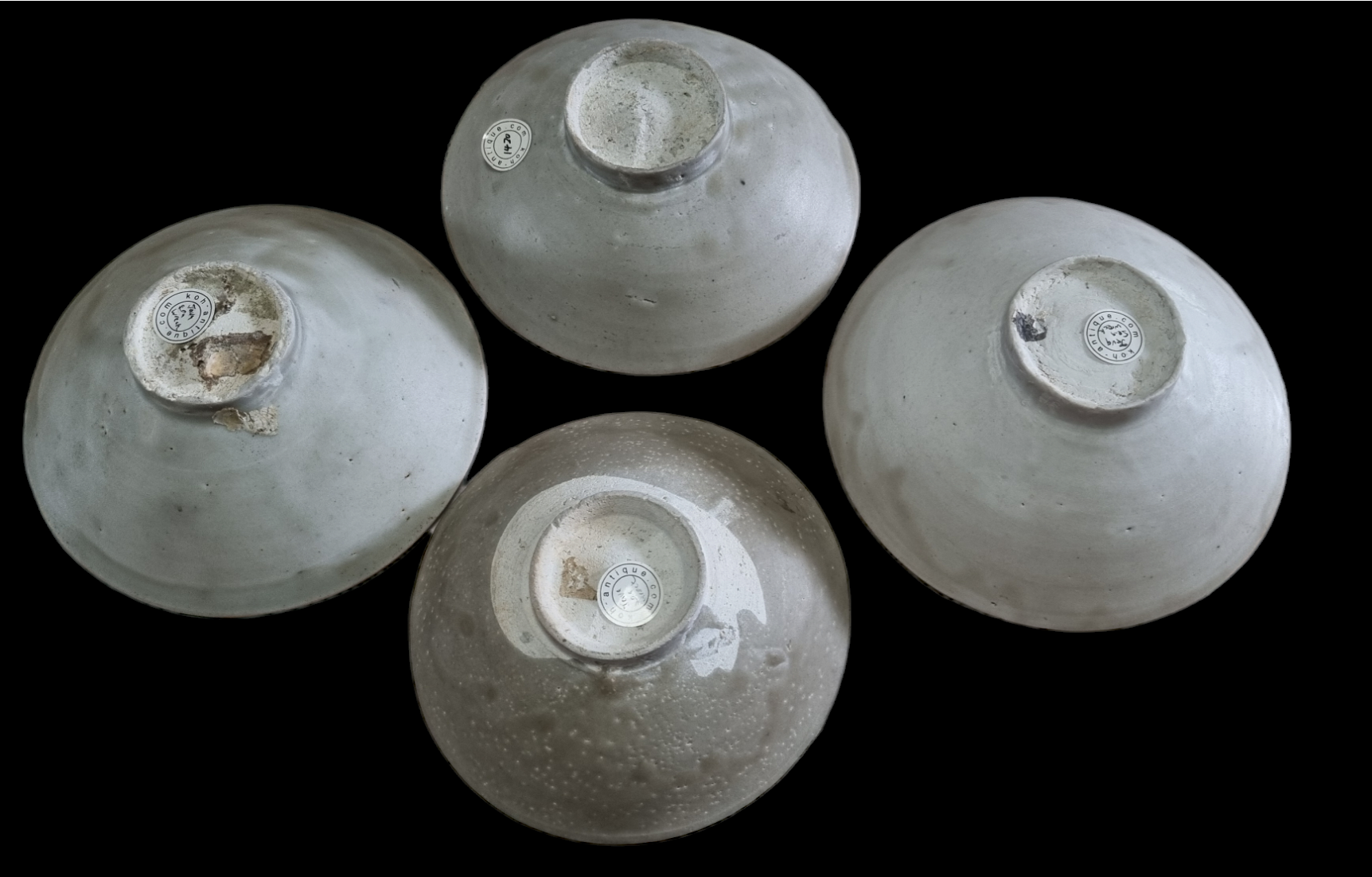 |
||
| Java Sea Wreck Fujian Minqing bowls with carved/combed decoration | ||
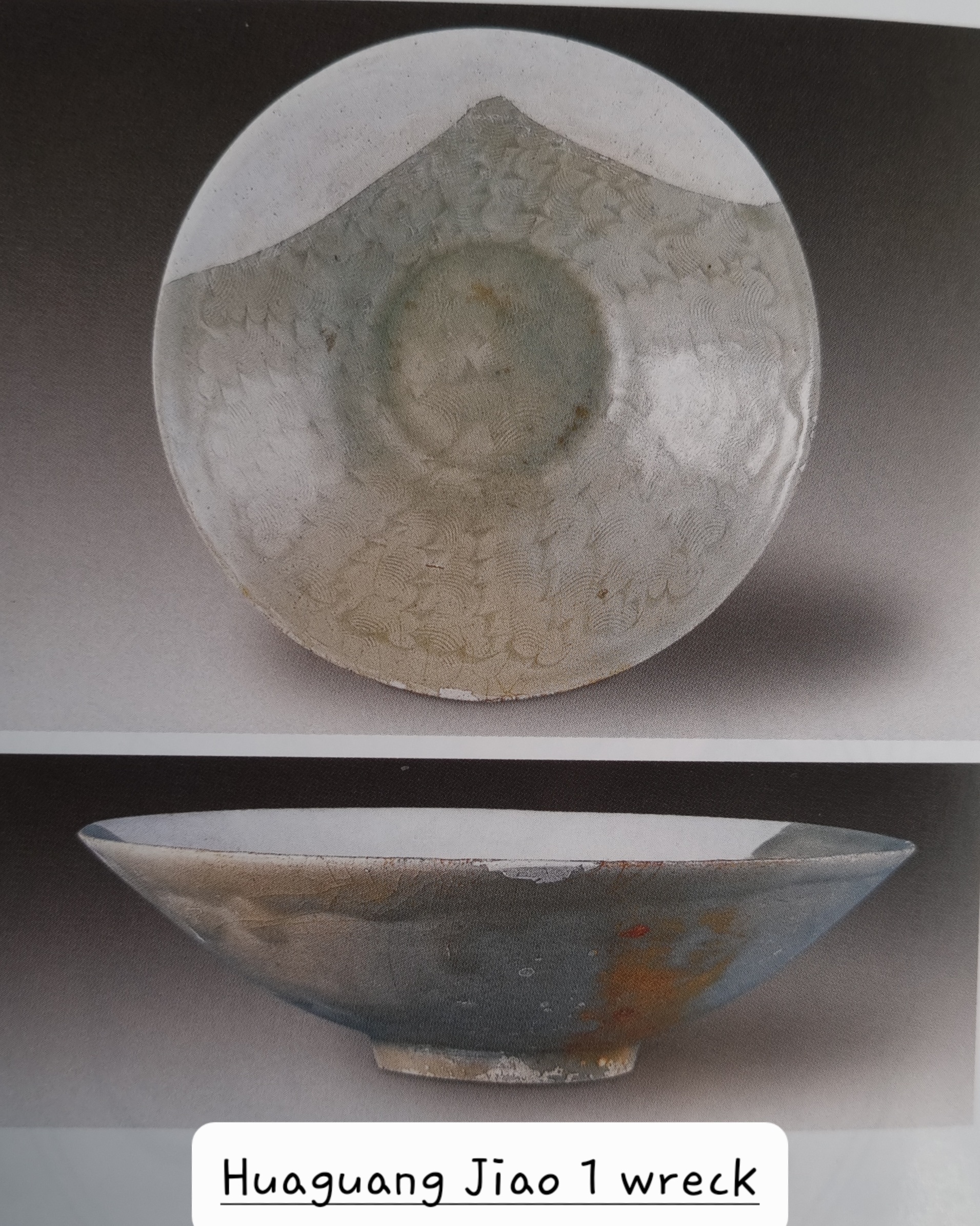 |
||
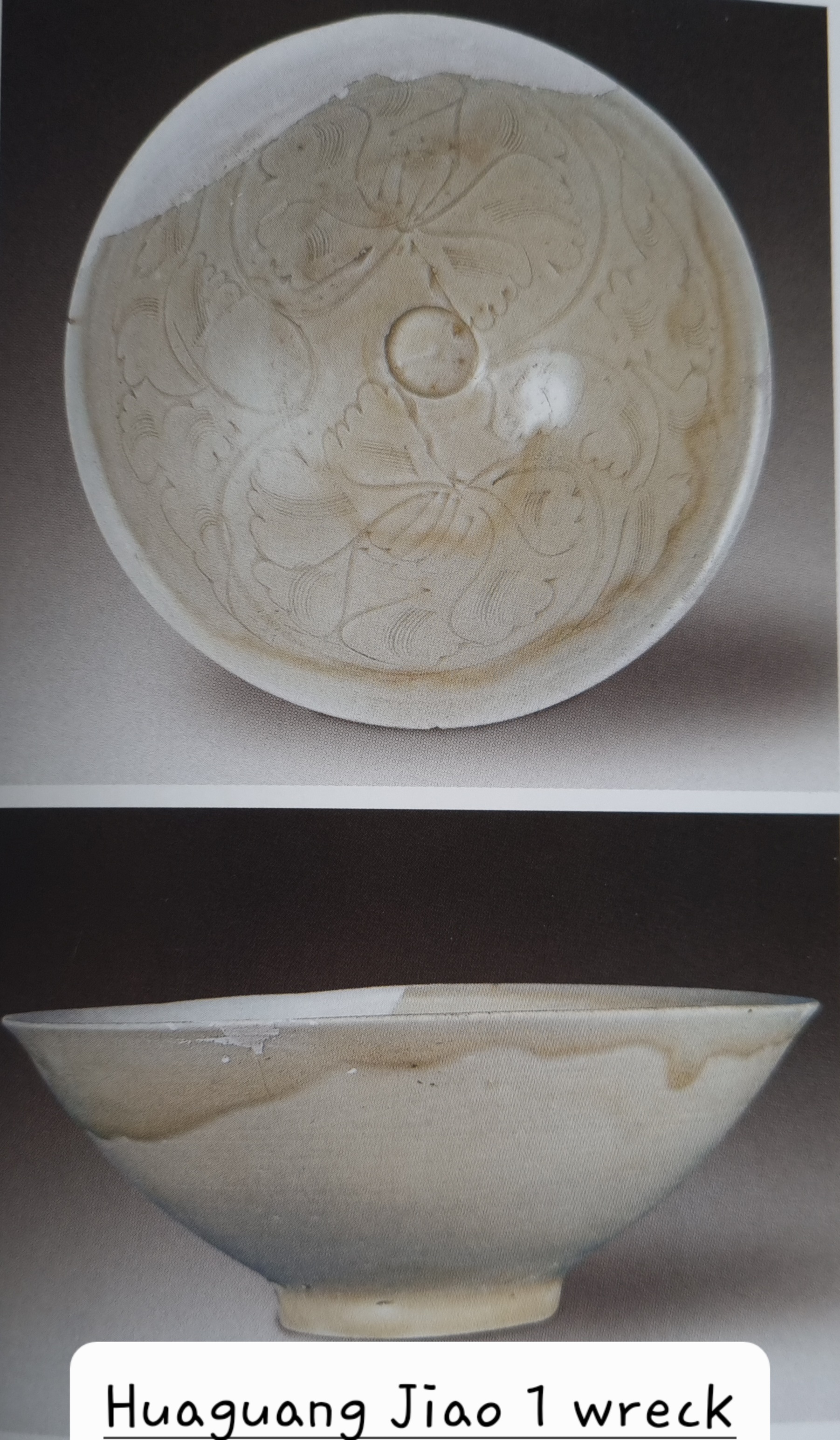 |
||
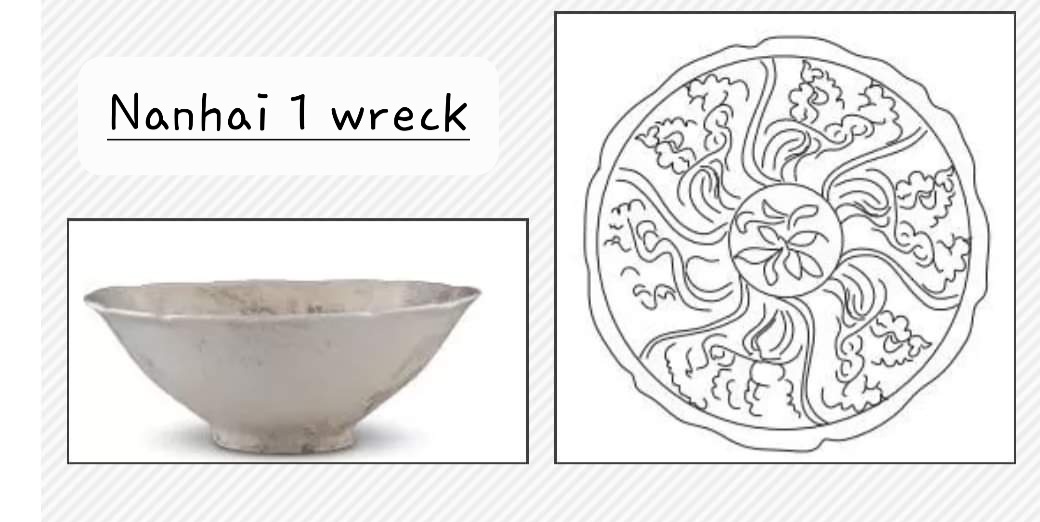 |
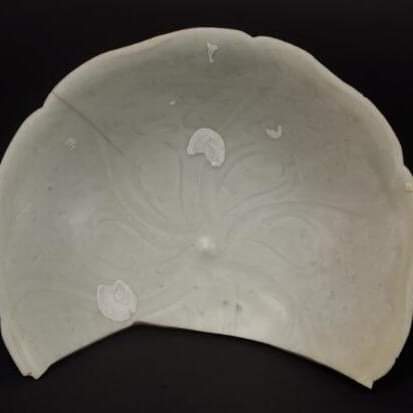 |
|
| Comparable decorative style from Nanhai 1 and Java Sea Wreck (right) | ||
Brown-Glazed Cizao Jars
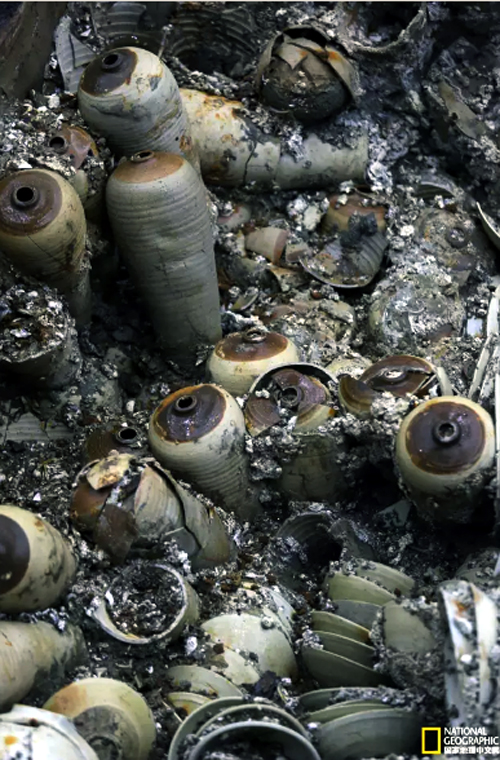 |
| Similar brown glaze Fujian Cizao kiln jars are found in Java Sea, Huaguang JIao 1 and Nanhai 1 wrecks |
Tongan/Nanan Green-Glazed Bowls
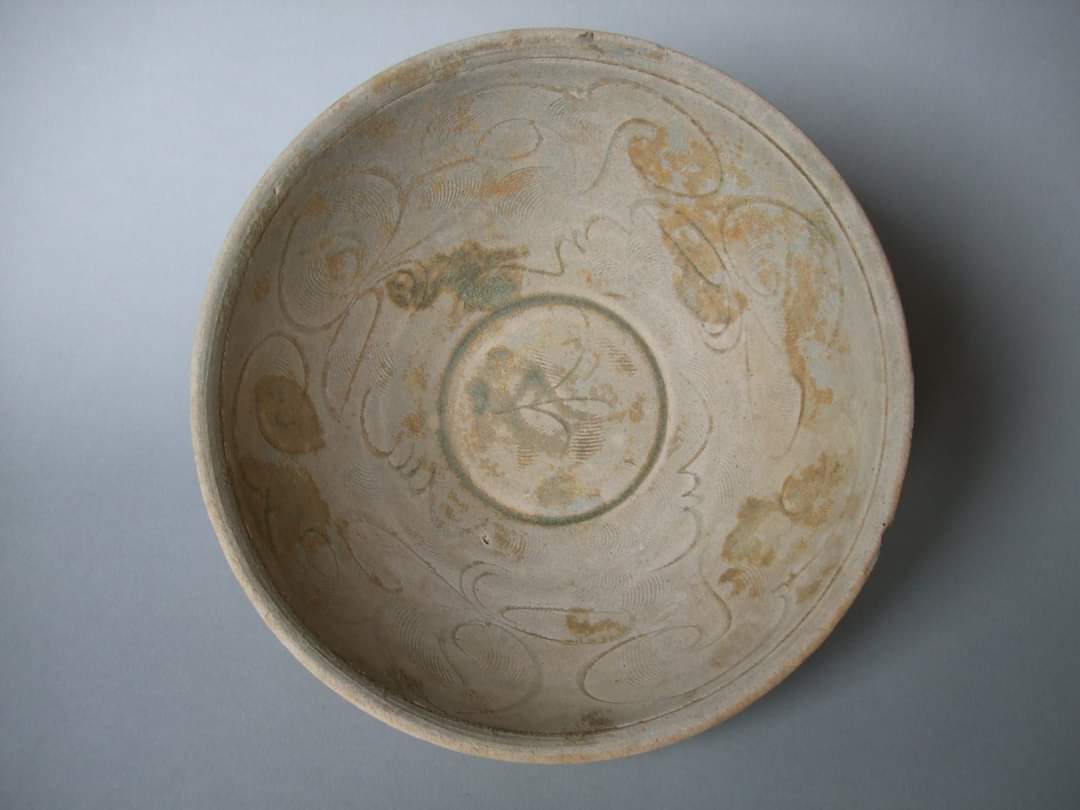 |
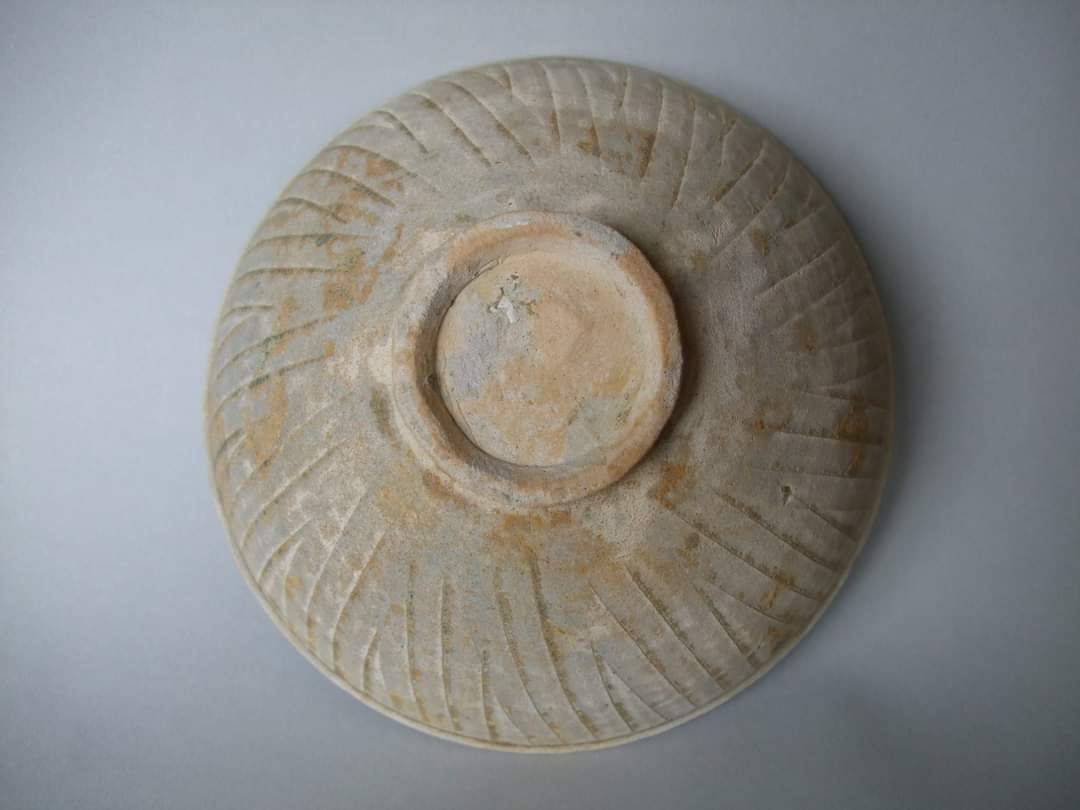 |
| An example with carved/combed lotus decoration from the Java Sea Wreck (Photo Credit: Peter Schwarz) | |
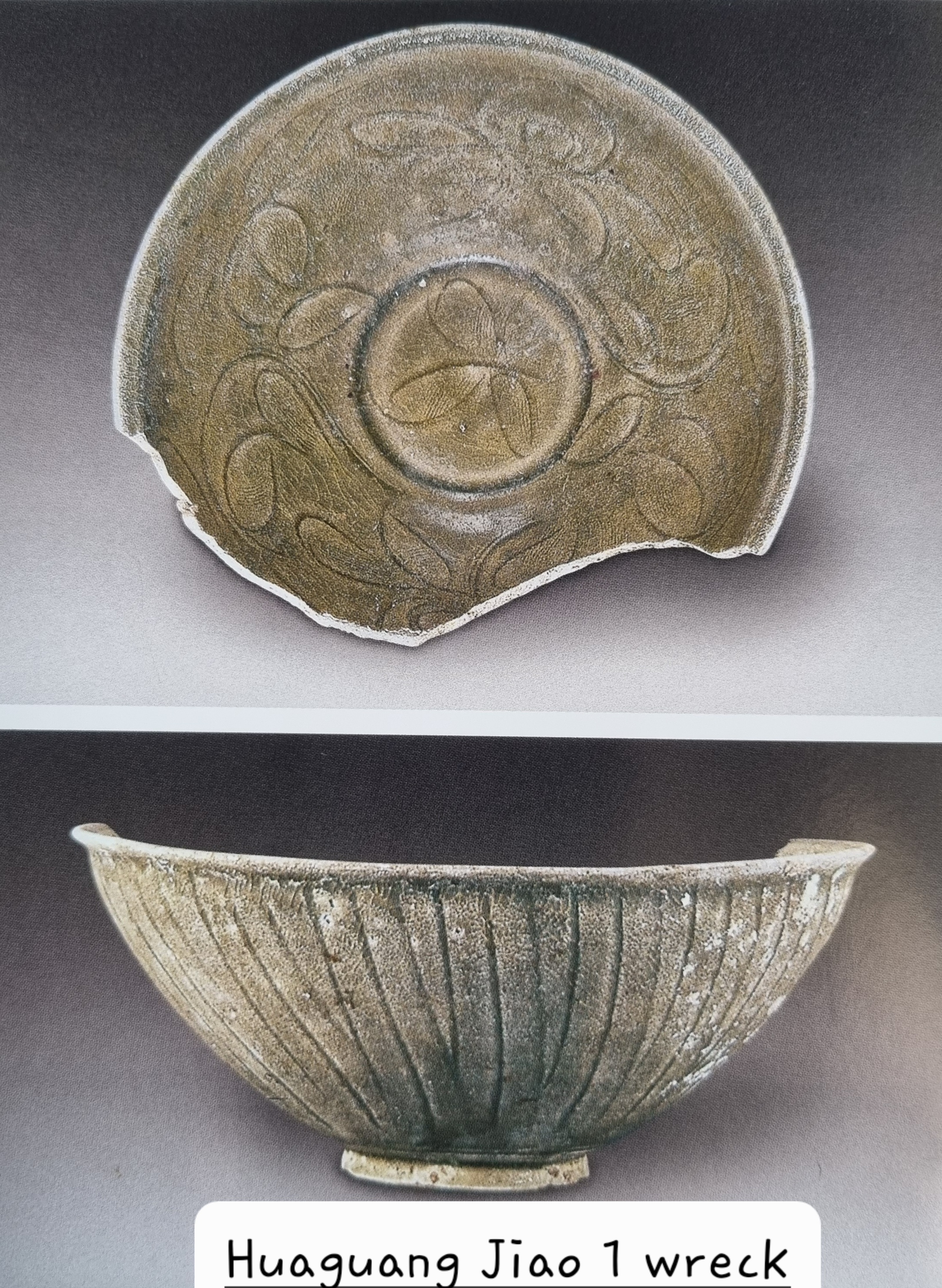 |
|
| Comparable green glaze bowls with carved/combed lotus decoration from Java Sea and Huaguang Jiao 1 wrecks | |
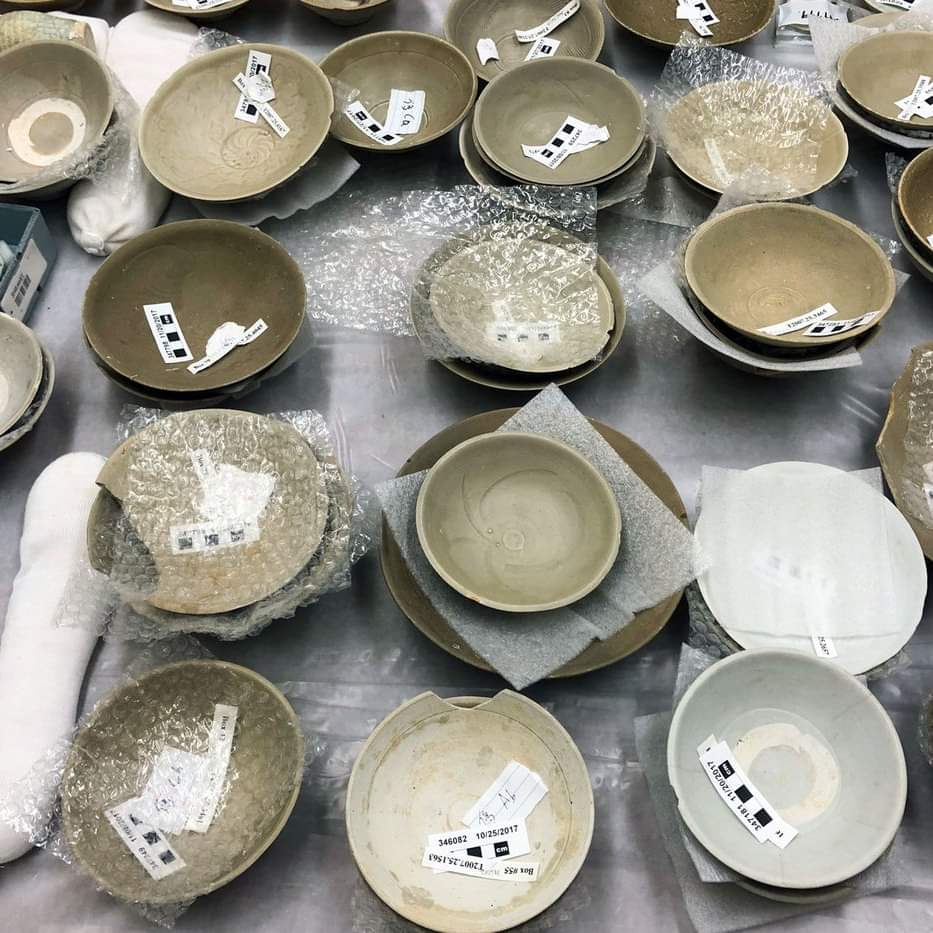 |
|
| Green glaze bowls with sketchily carved/combed decoration from Java Sea Wreck | |
 |
|
| Bowls with sketchily combed abstract decoration from Huaguang Jiao 1 wreck |
Songxi Kiln Large Green Bowls
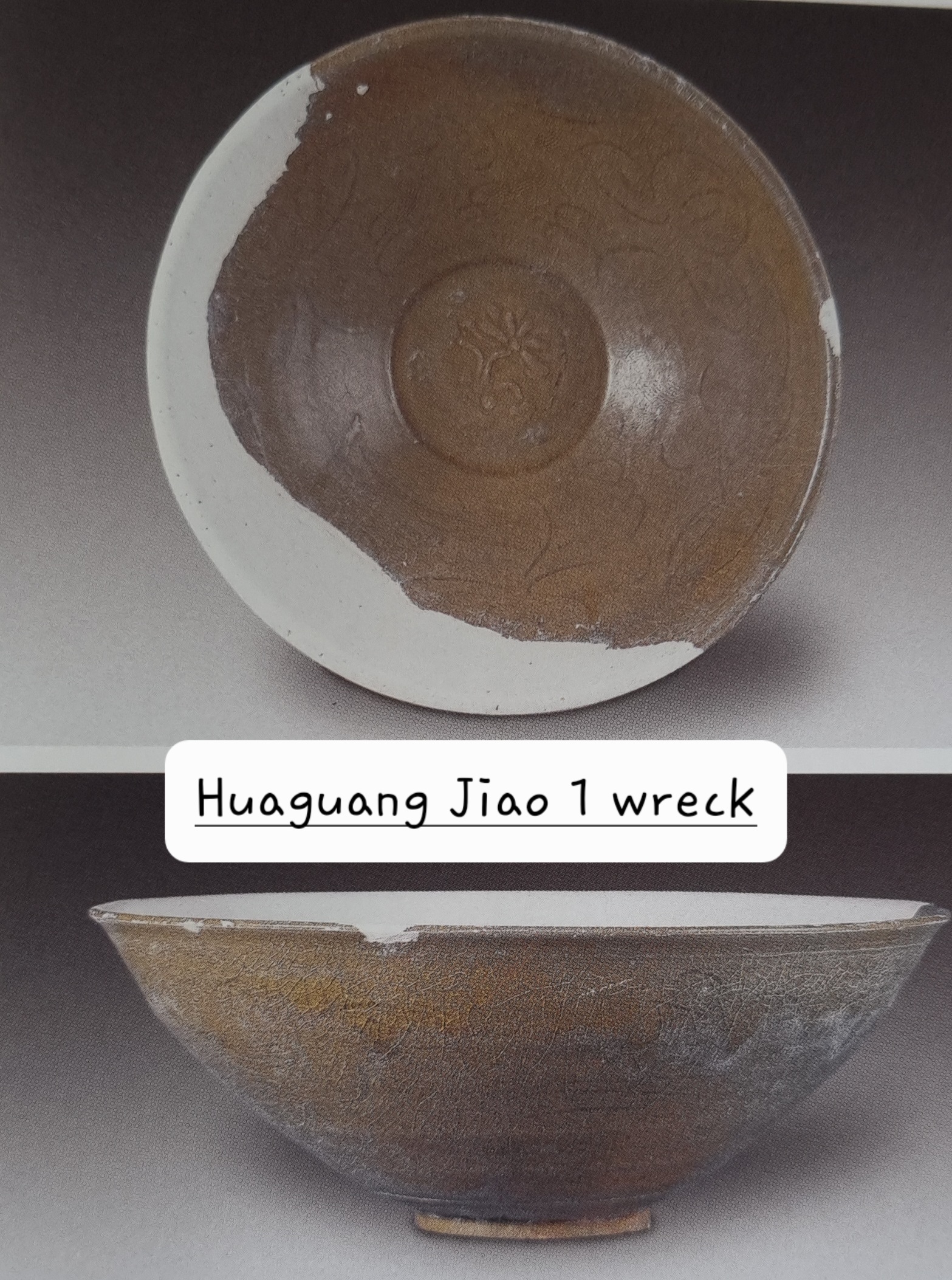 |
|
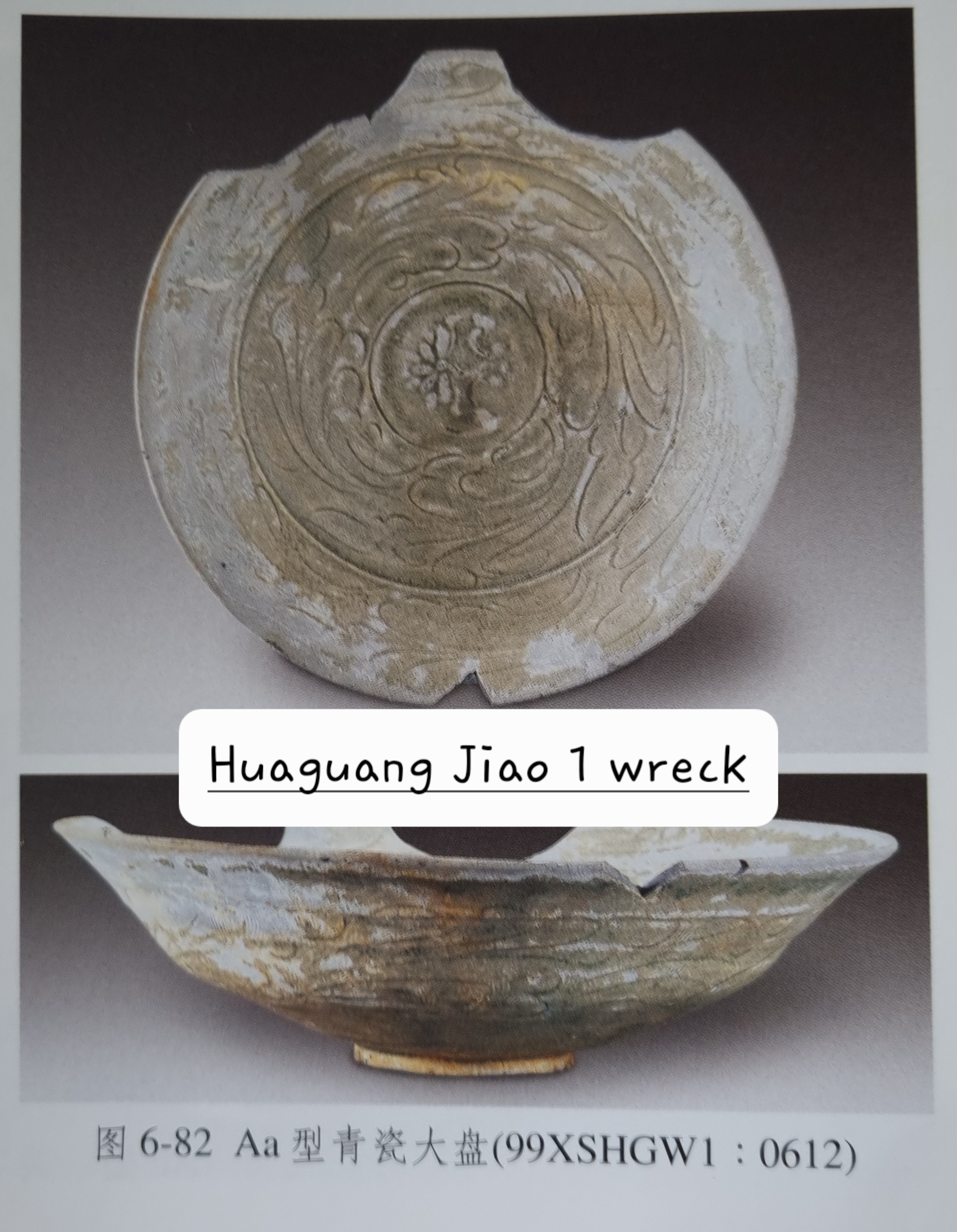 |
|
| Two types from Huauang Jiao 1 wreck that were also found in Java Sea wreck | |
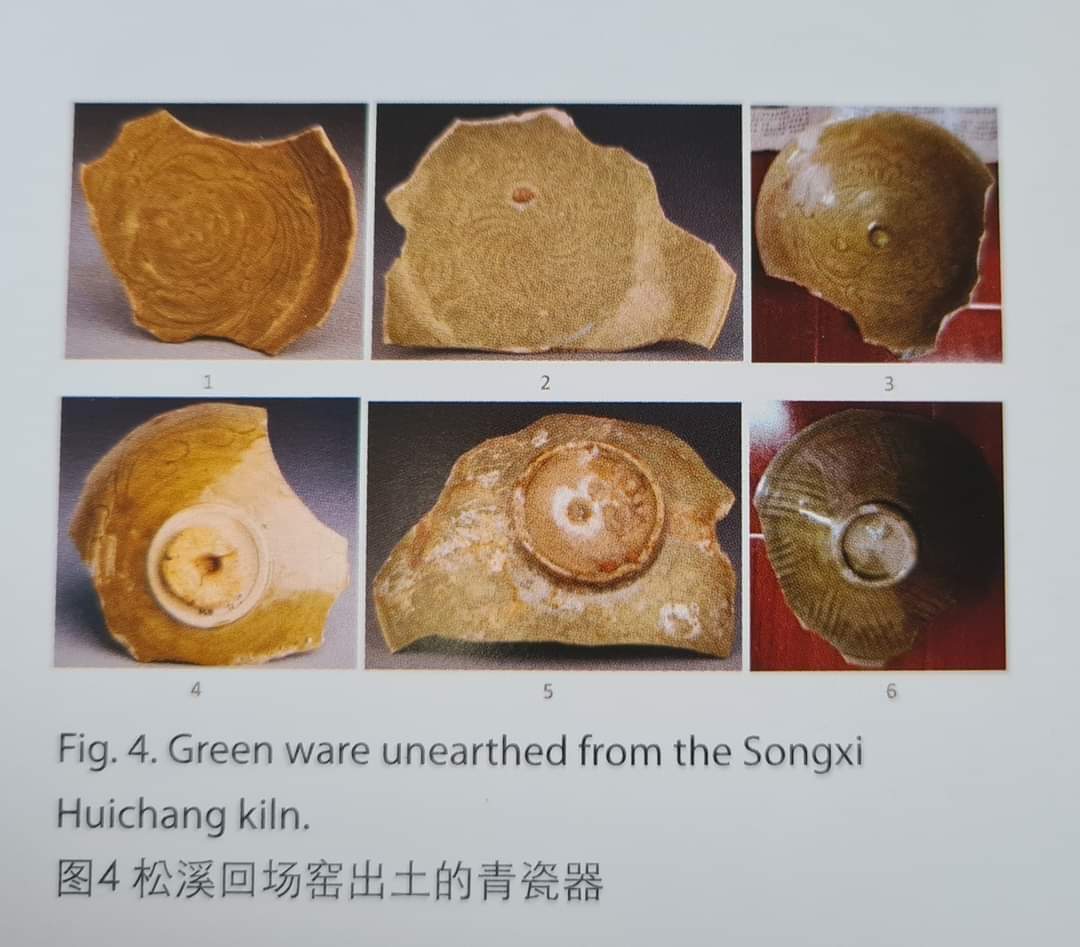 |
|
| Bowls with similar designs are also found in Java Sea Wreck | |
